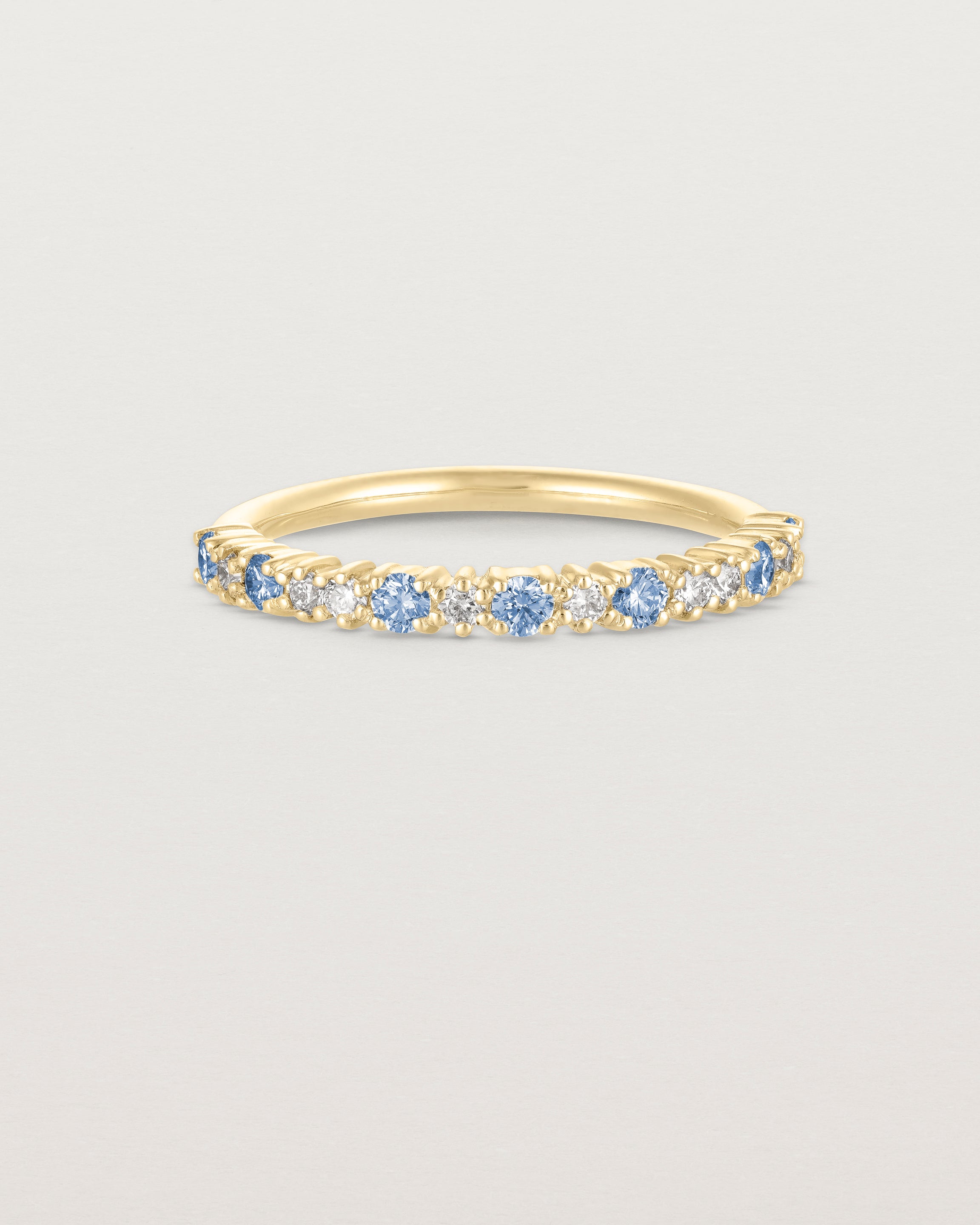LEARN WITH US
Every Stone Has A Story | A Conversation with Supplier, Punala Kiripitige
For our inaugural edition of ‘Every Stone Has A Story’, we introduce you to second-generation gemstone merchant, Punala Kiripitige.
Recounting the begins of his and his family’s gemstone sourcing collective, The Gem Monarchy — a happy accident which unknowingly turned into decade-spanning business — Punala talks to his family’s long-held passion for precious stones, including the Ceylon Sapphires he custom cuts for many of our pieces, how he is transforming the world of mining in his family’s native Sri Lanka with environmentally positive techniques from his home of Adelaide, and how he’s come to support his team beyond their every day work.
"We find we’re more involved in our team’s lives than other suppliers. We purchase land for housing, provide vehicles to our team, we pay for health insurance for our team... This stems from the fact that we are Buddhists, and we believe that giving to those who are less fortunate than us is a part of our daily lives."
1. Health Insurance
2. Housing Upgrades
3. Vehicle Upgrades
4. Education
5. Agriculture
SHOP
Ceylon Sapphires
Explore our collection of Ceylon Sapphire pieces.
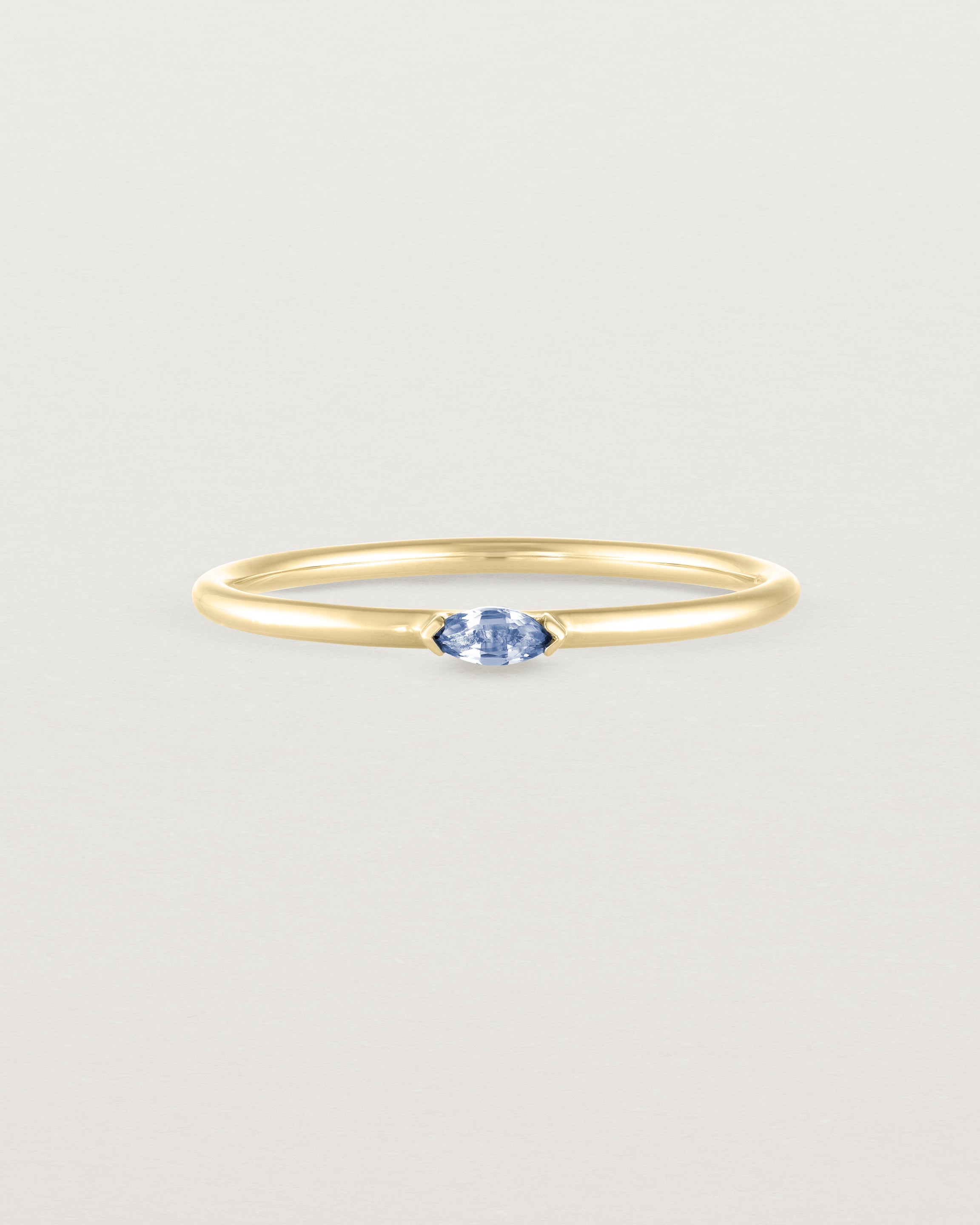
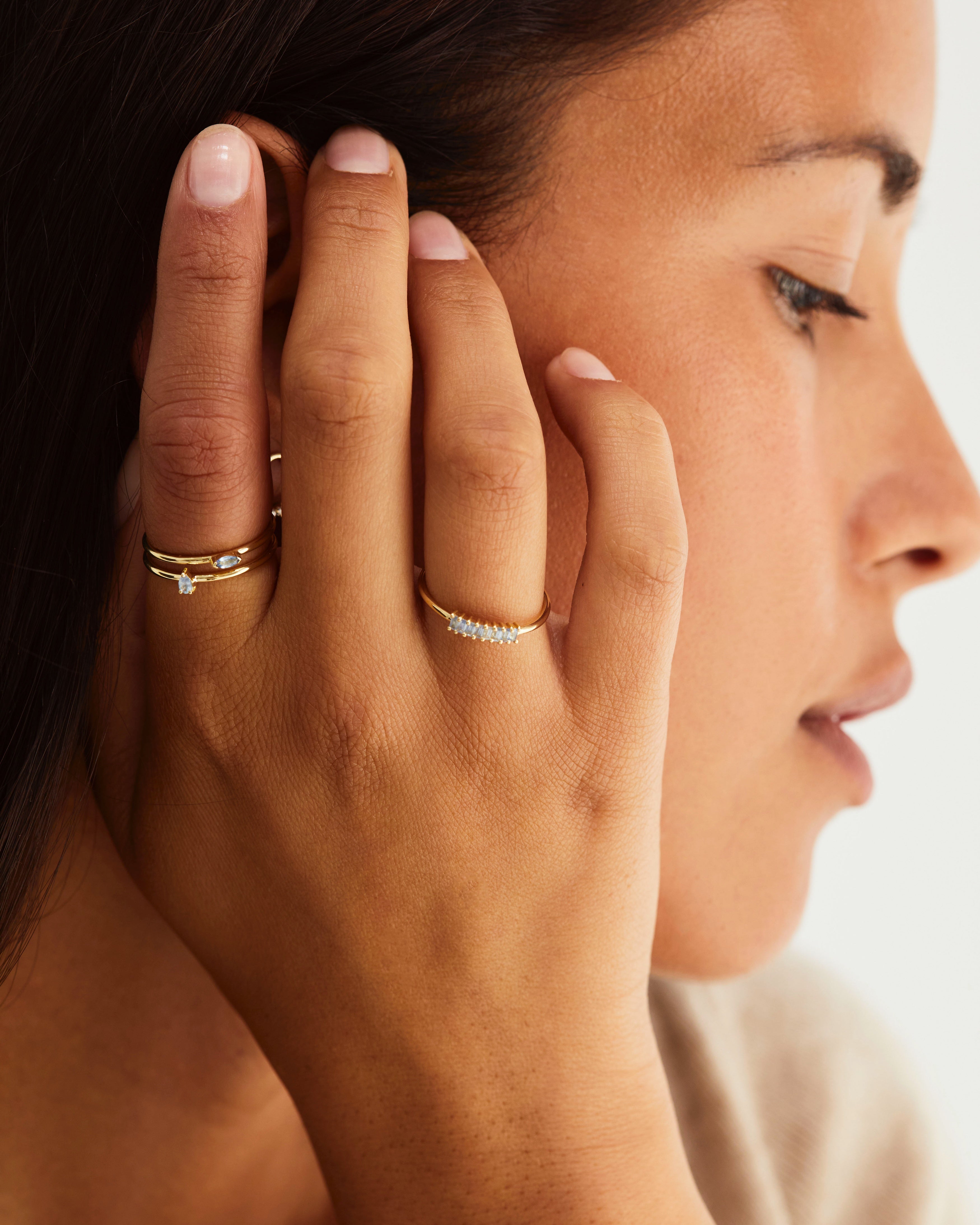
Vega Stacking Ring | Ceylon Sapphire
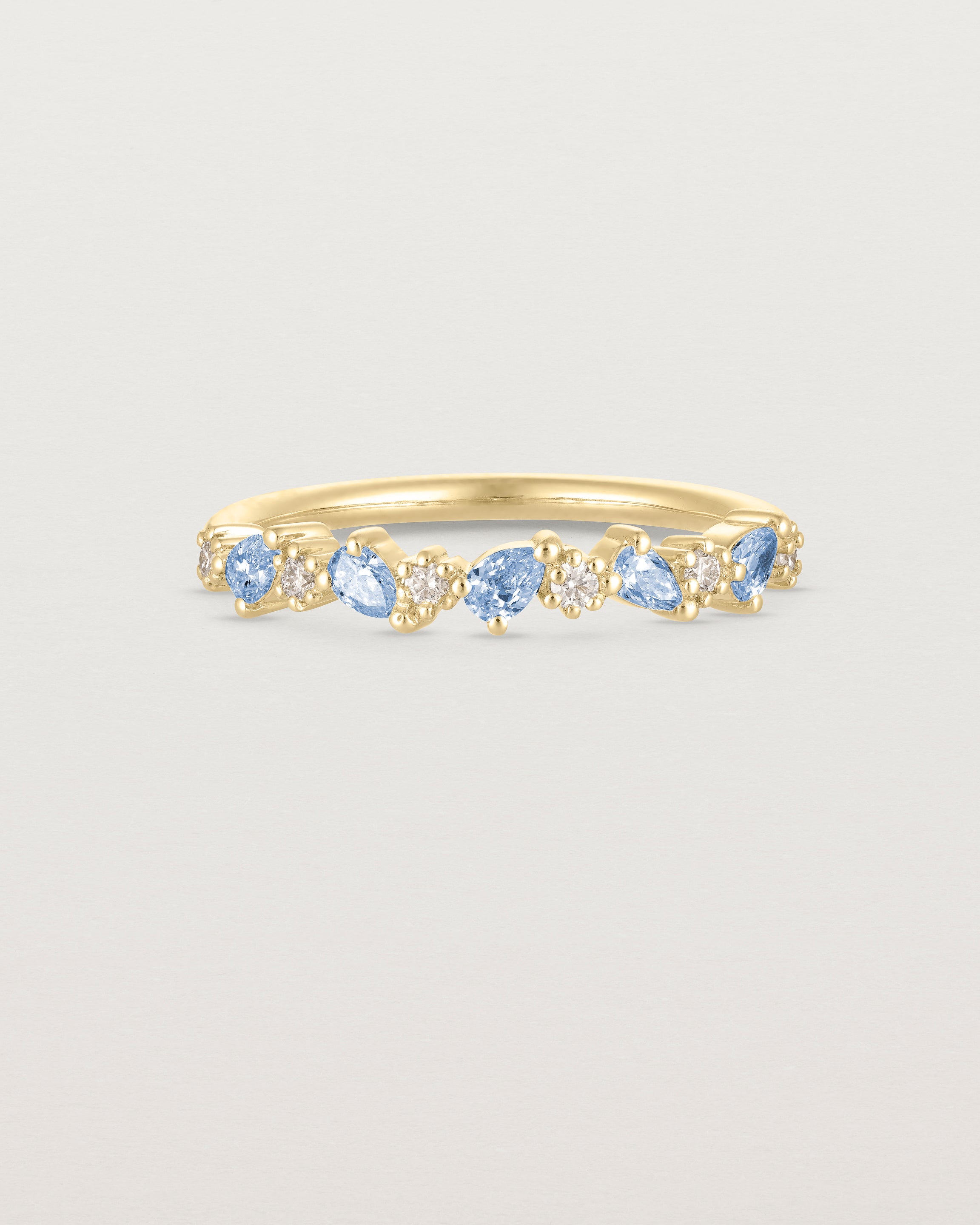
Elora Ring | Ceylon Sapphires & Diamonds
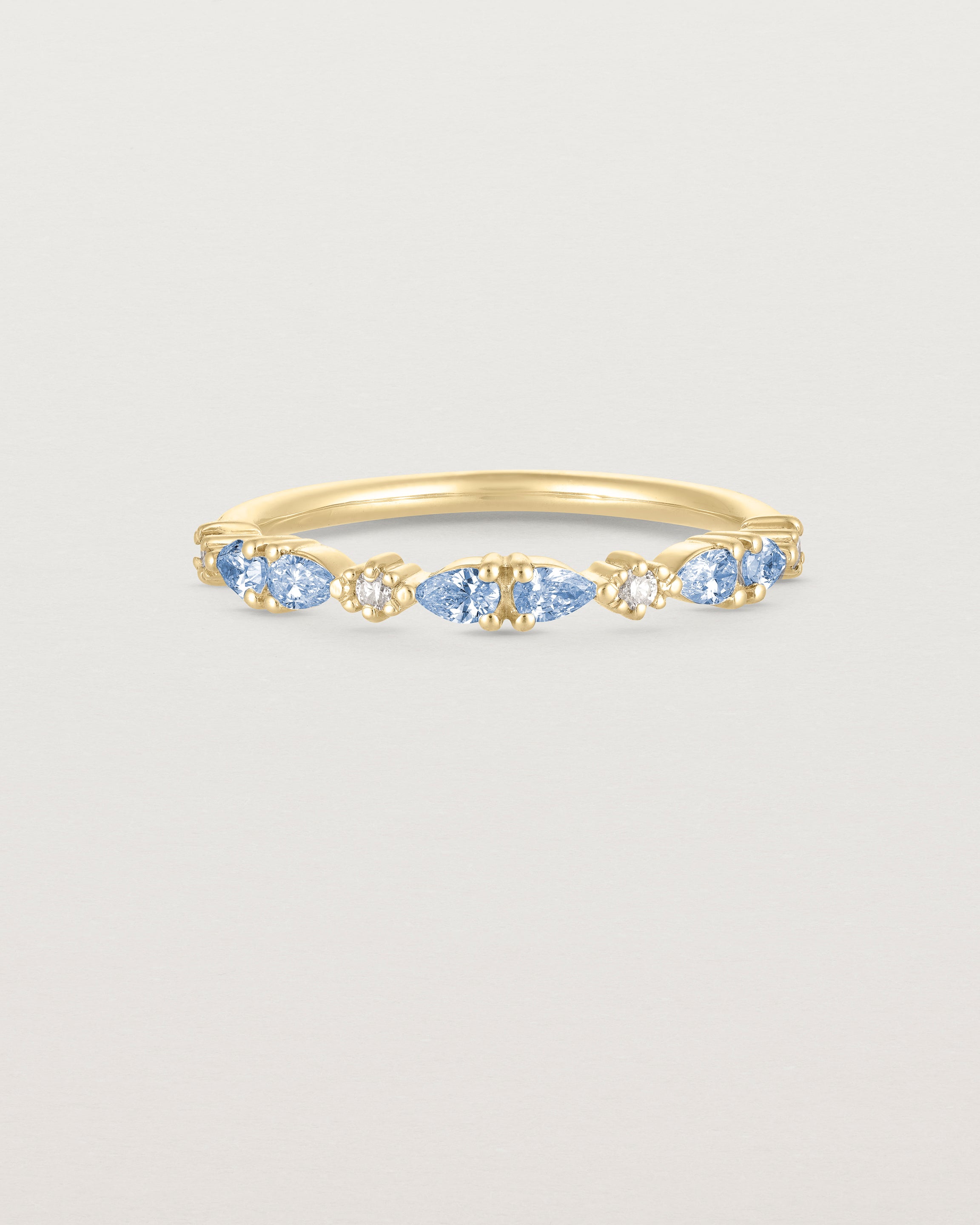

Lena Ring | Ceylon Sapphires & Diamonds
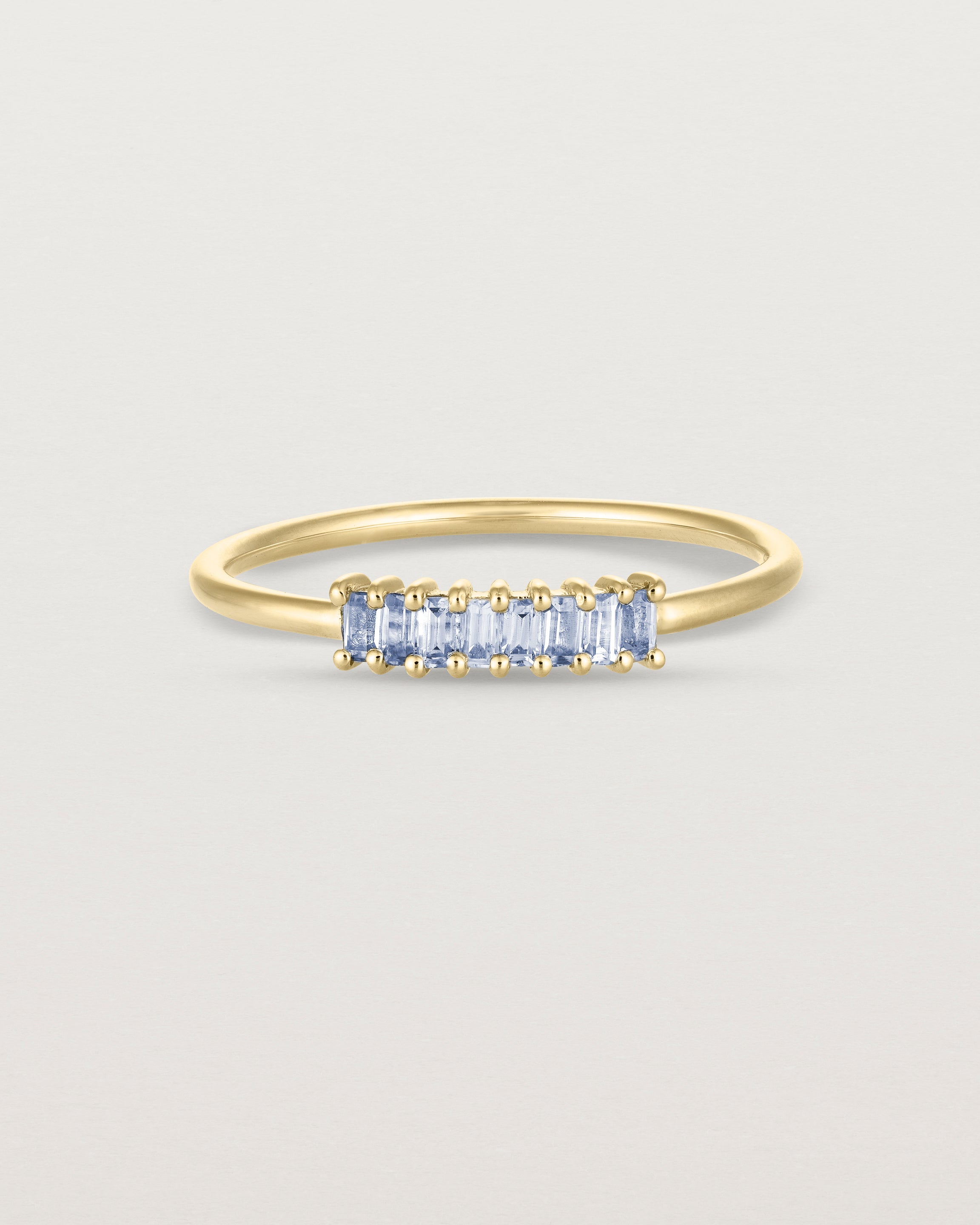
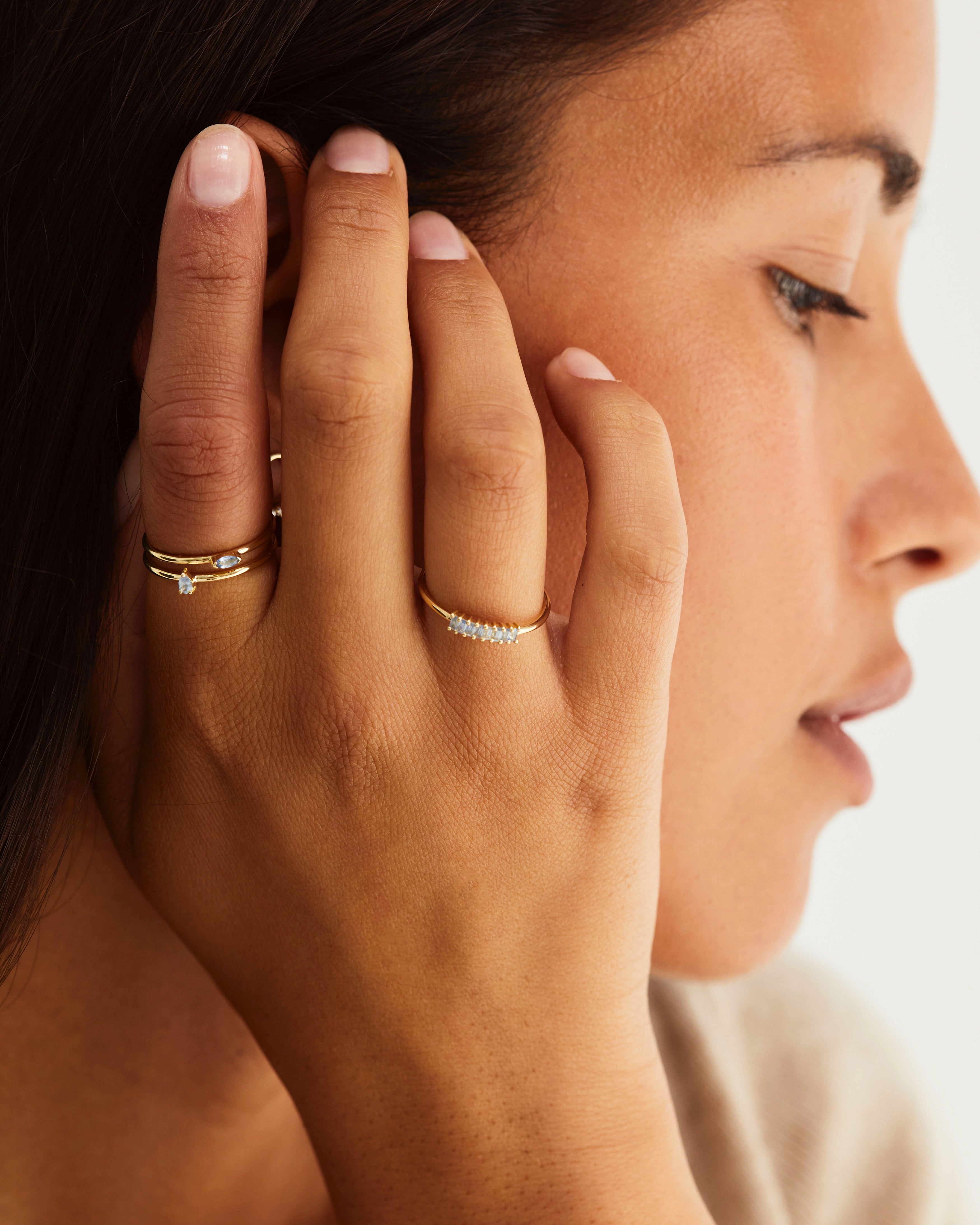
Sena Wrap Ring | Ceylon Sapphire
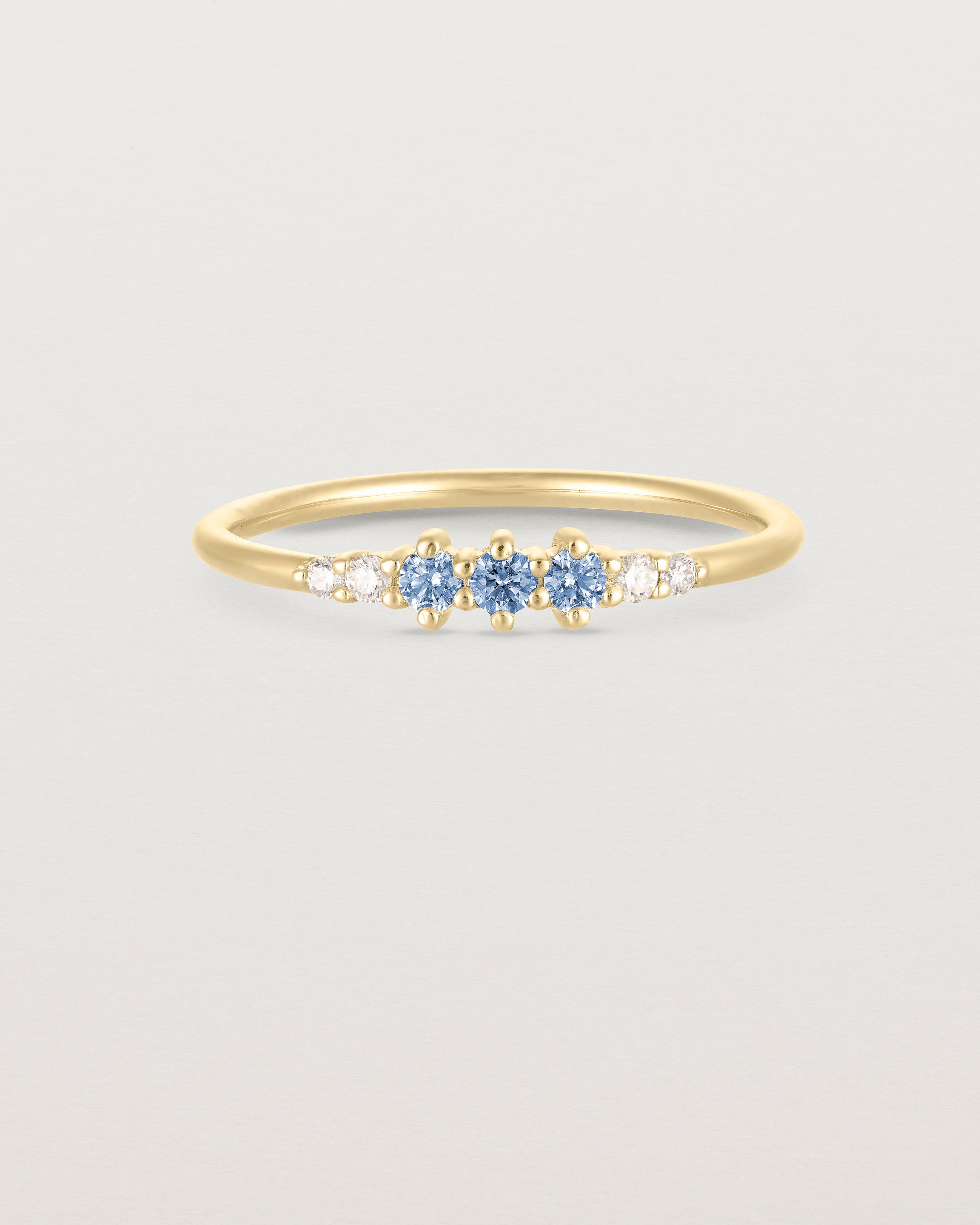
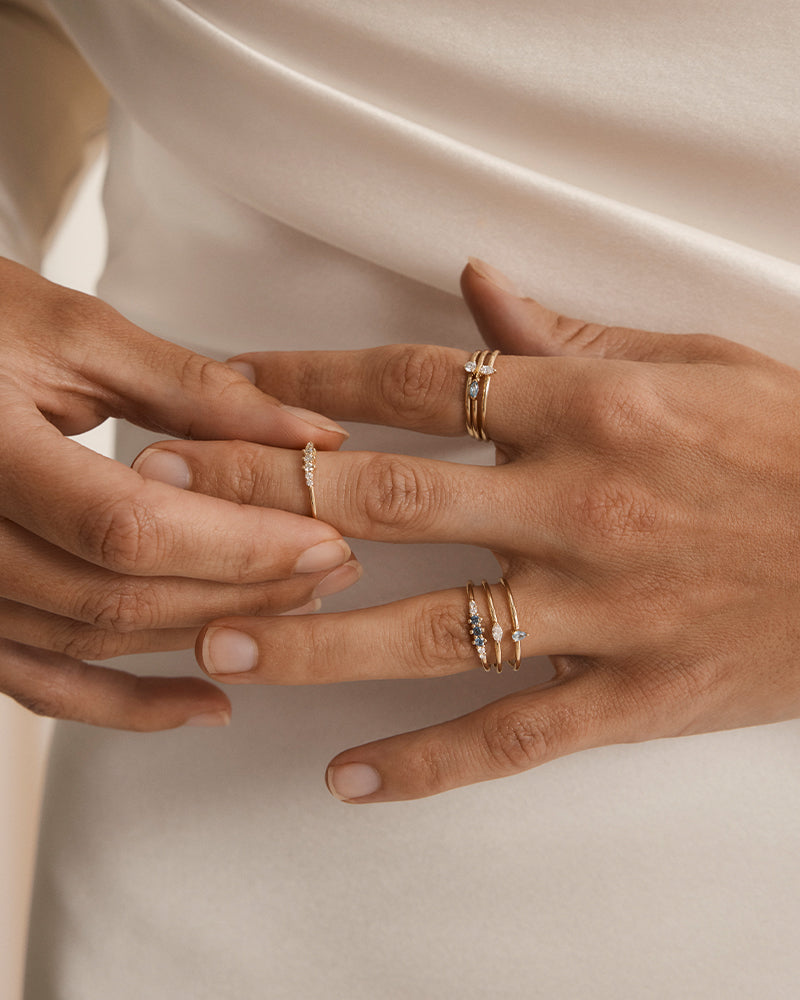
Lottie Ring | Ceylon Sapphires & Diamonds
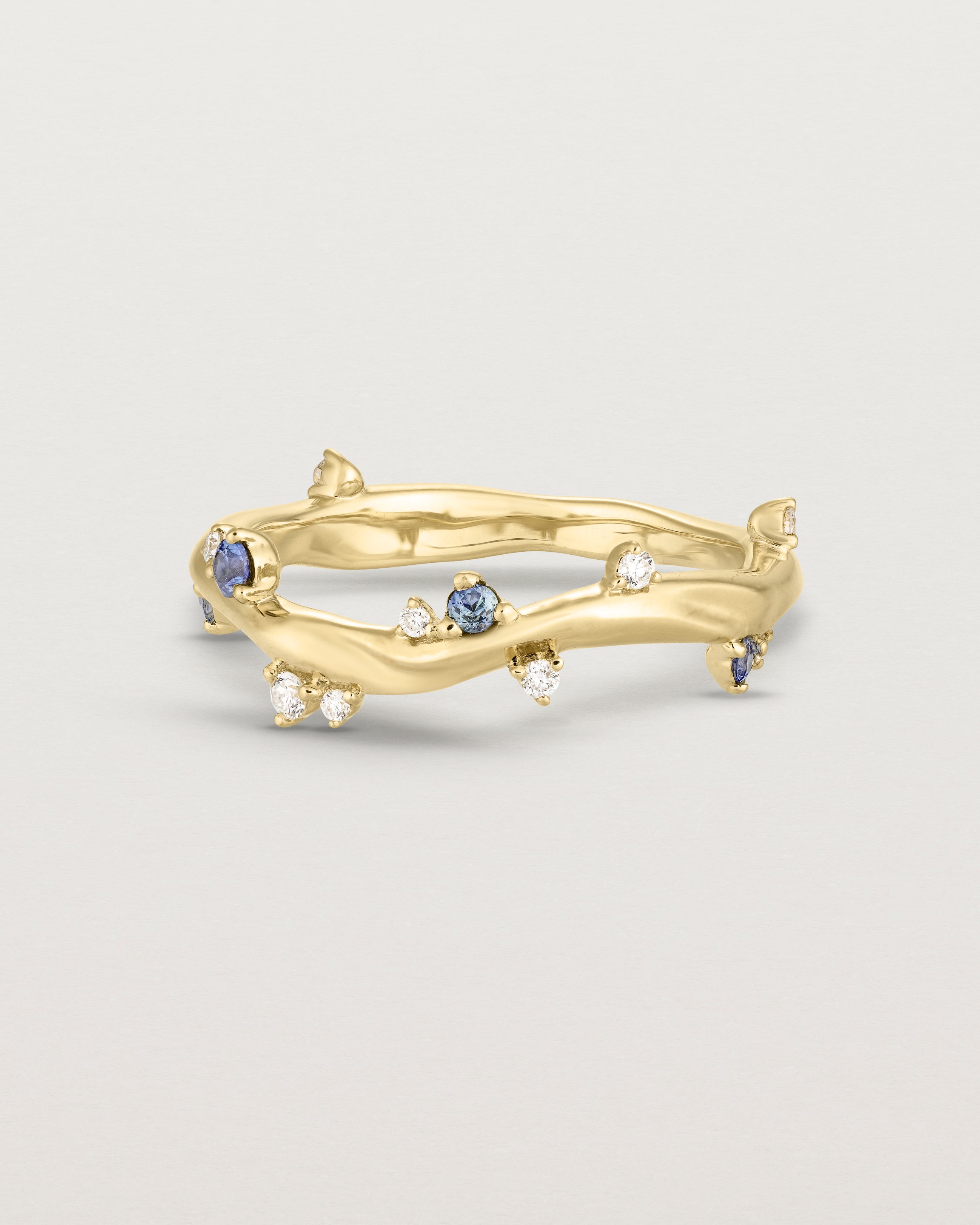

Ember Ring | Diamond & Ceylon Sapphire
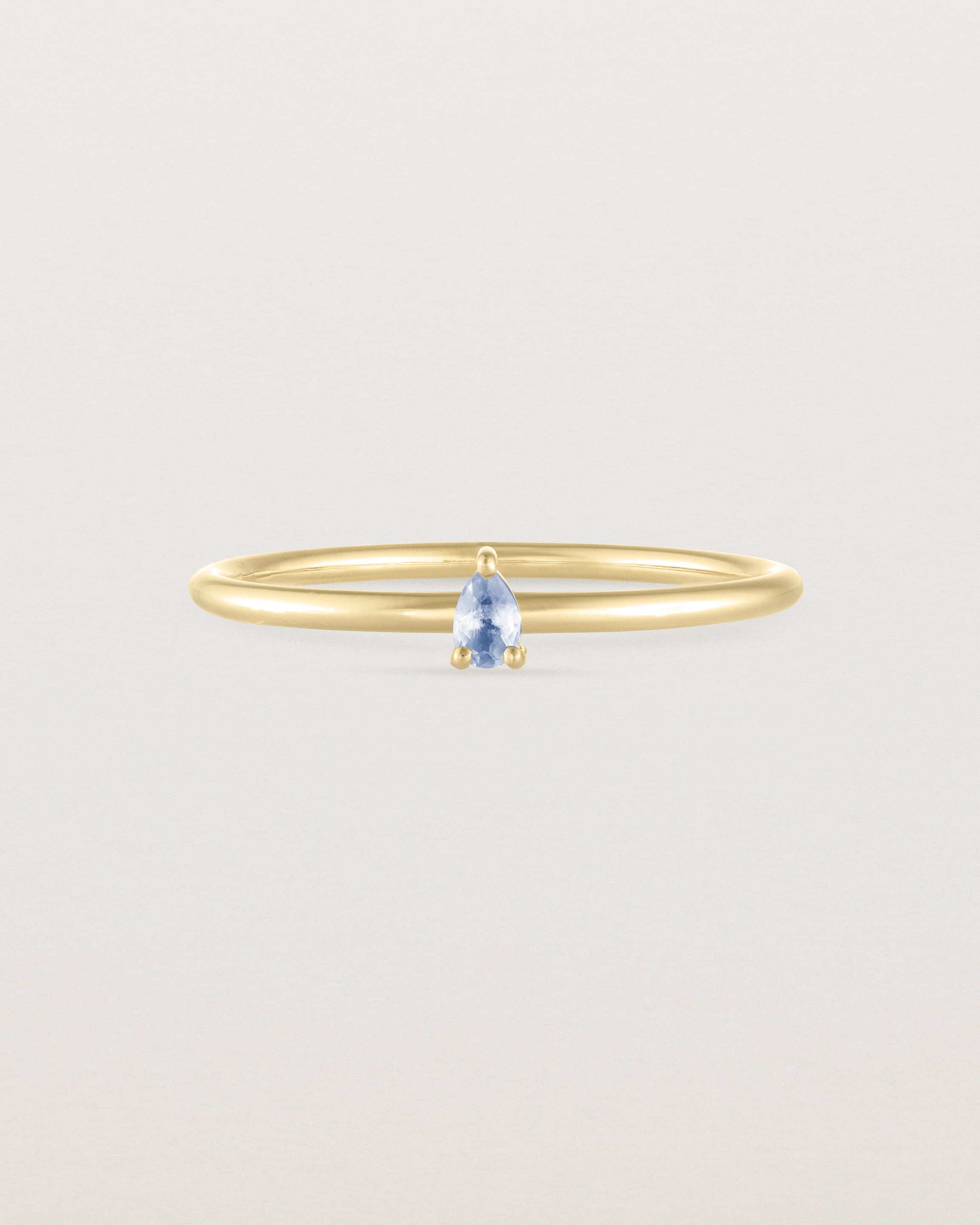
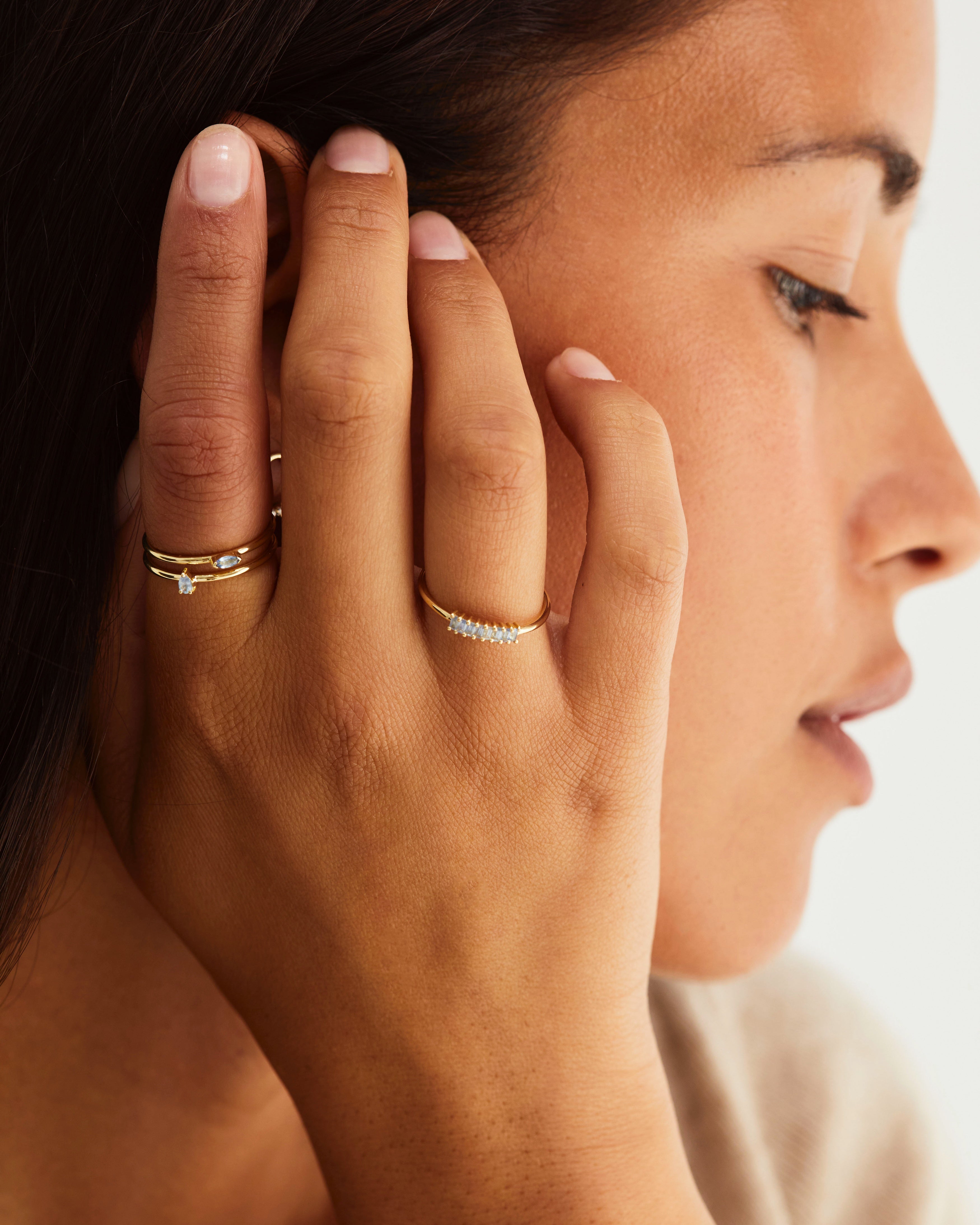
Danaë Stacking Ring | Ceylon Sapphire
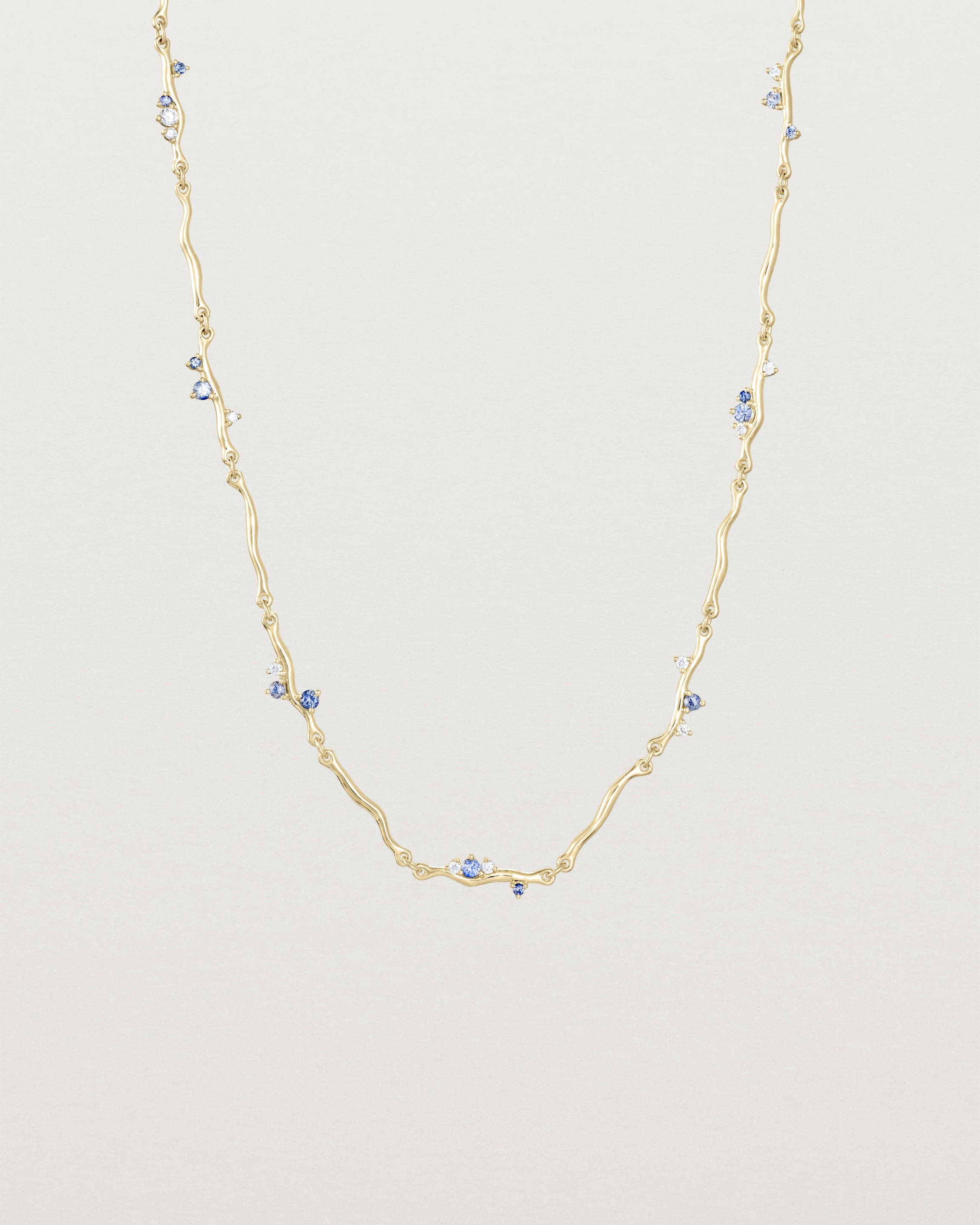

Demi Ember Necklace | Ceylon Sapphires & Diamonds
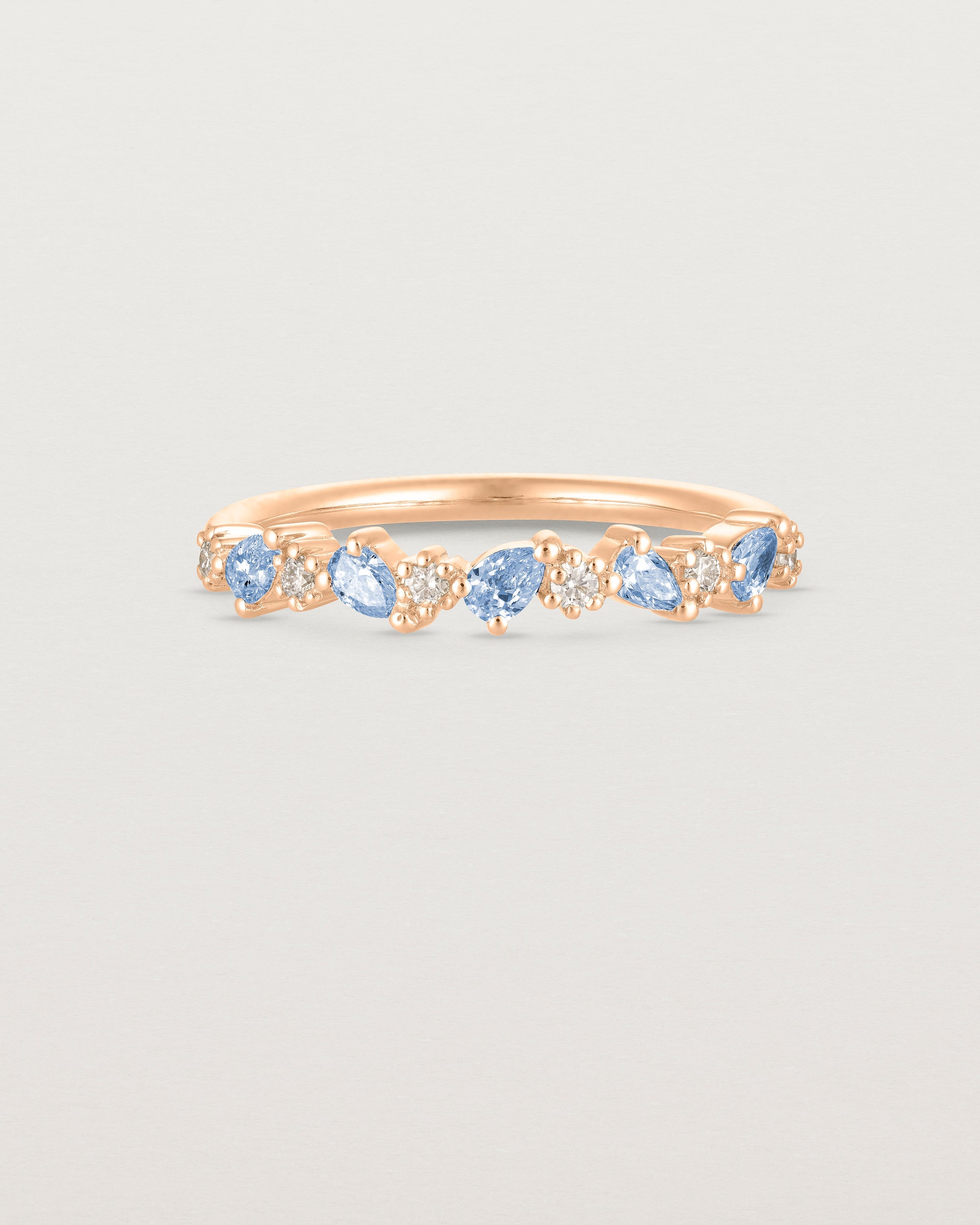
Elora Ring | Ceylon Sapphires & Diamonds
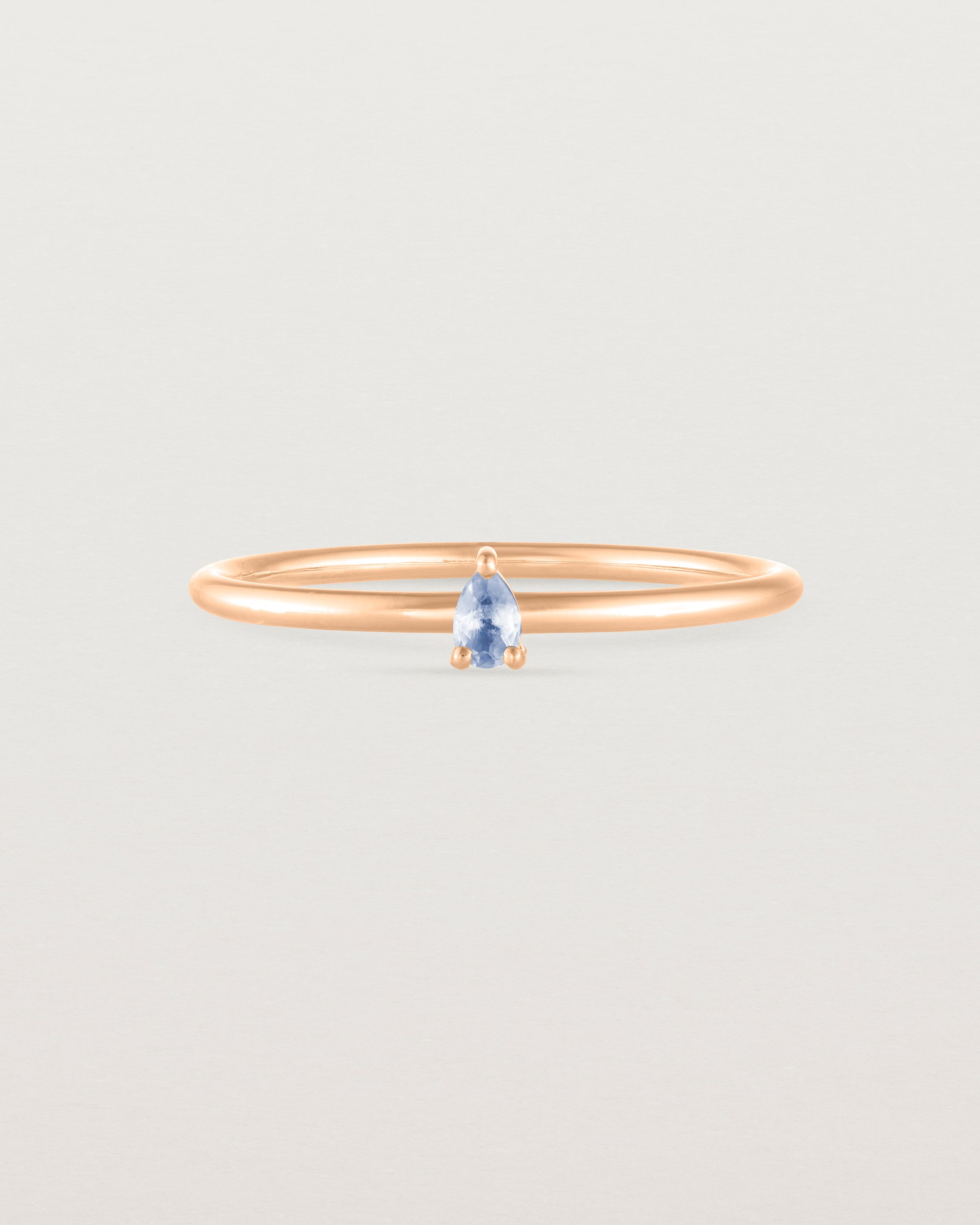
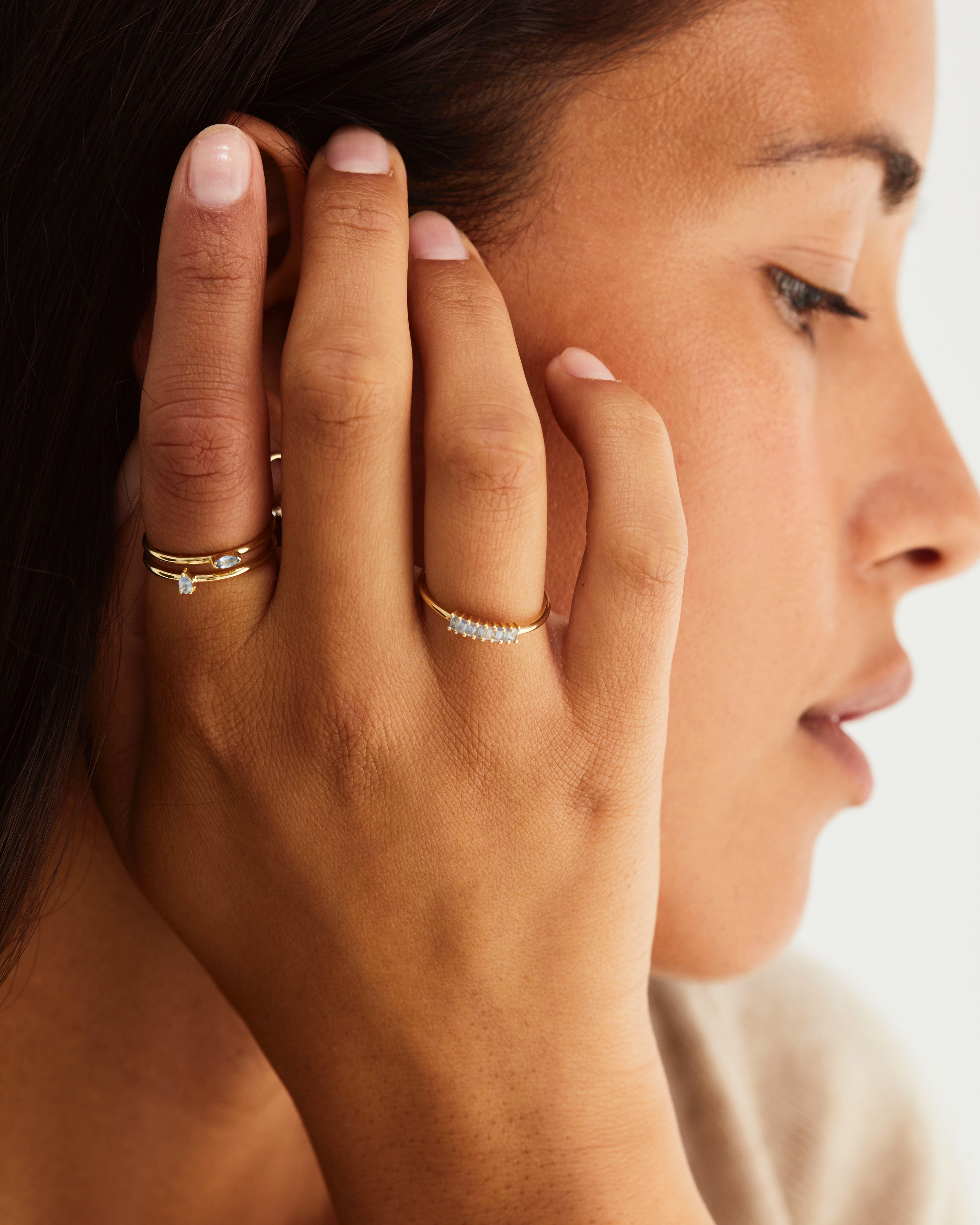
Danaë Stacking Ring | Ceylon Sapphire
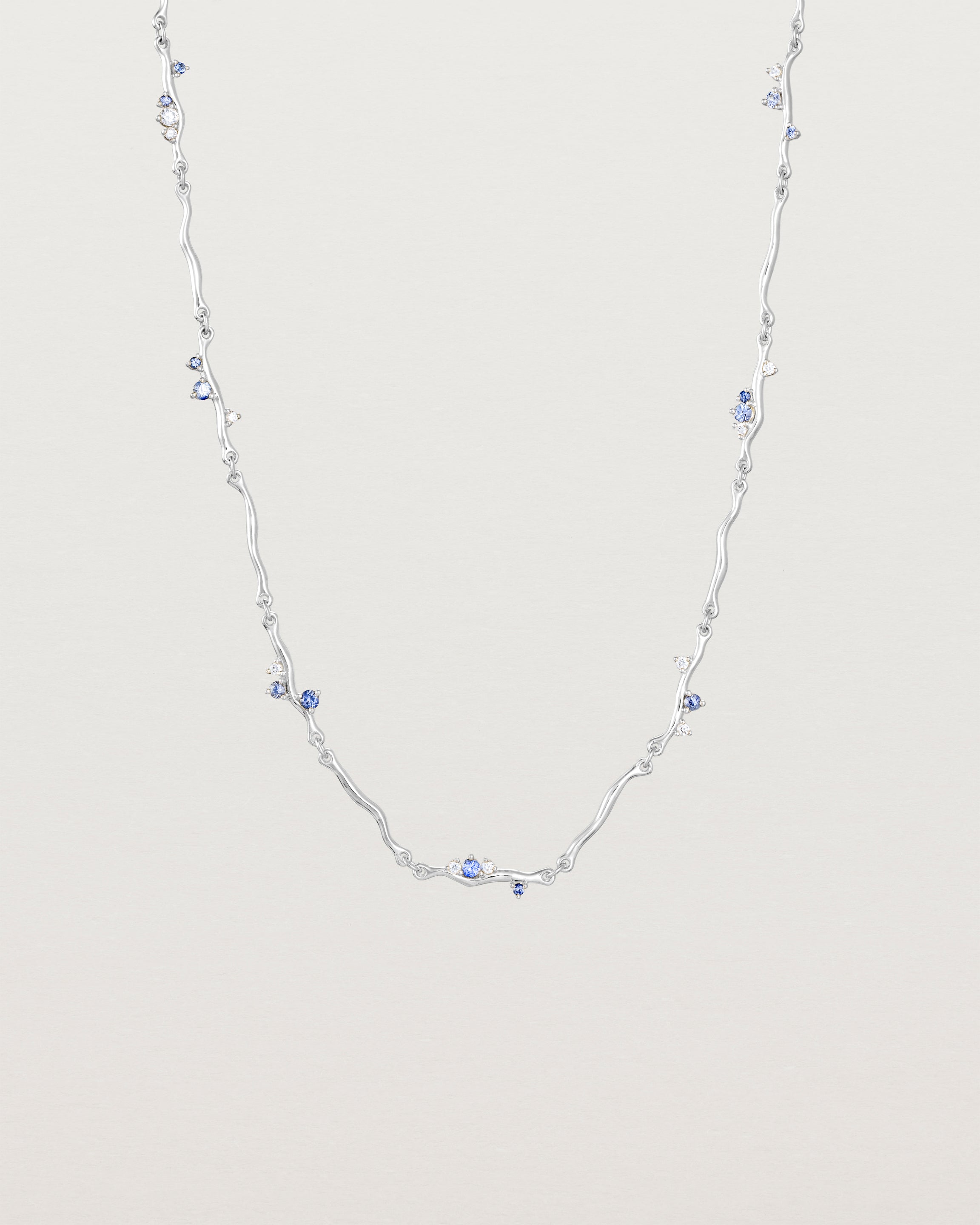

Demi Ember Necklace | Ceylon Sapphires & Diamonds
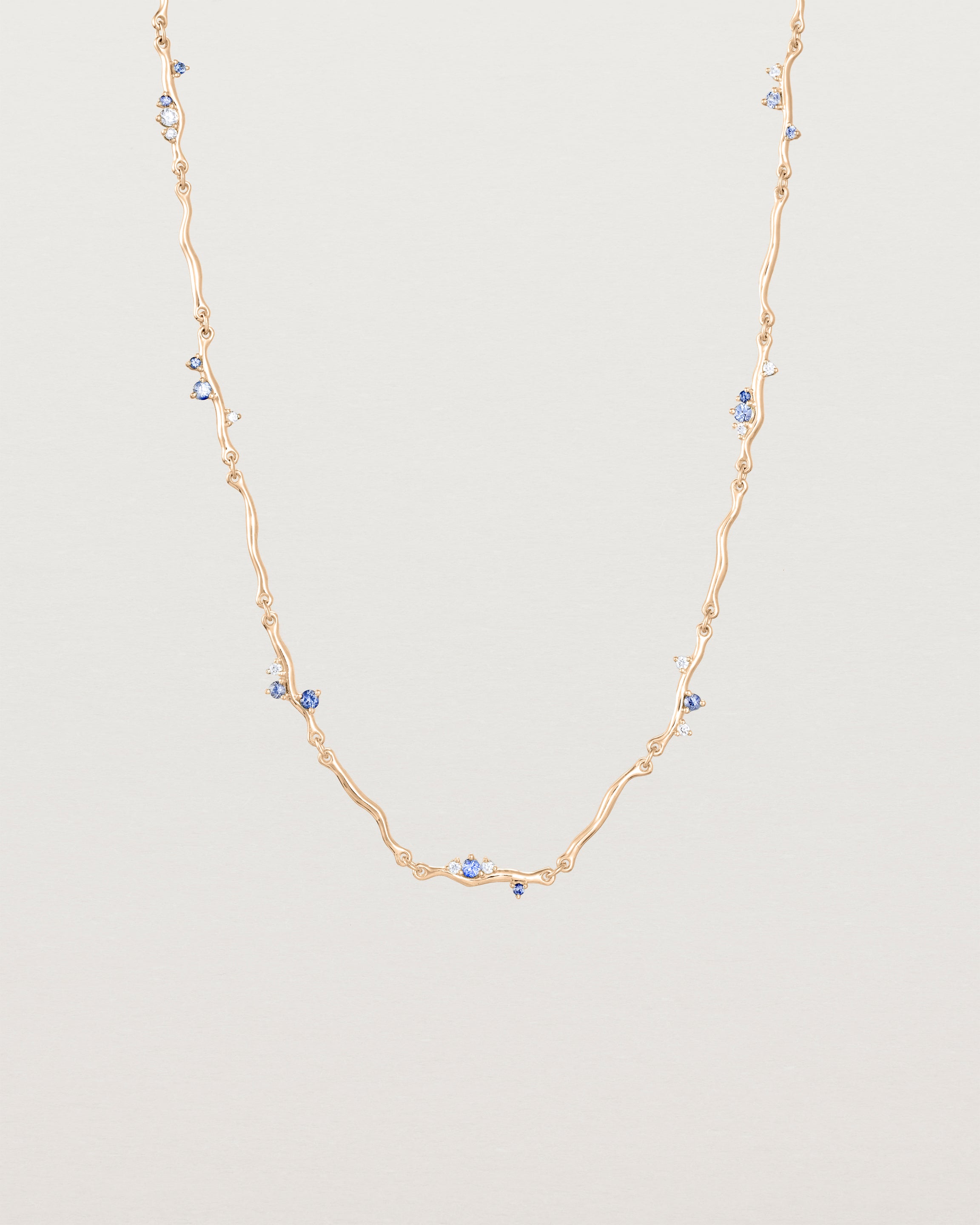

Demi Ember Necklace | Ceylon Sapphires & Diamonds
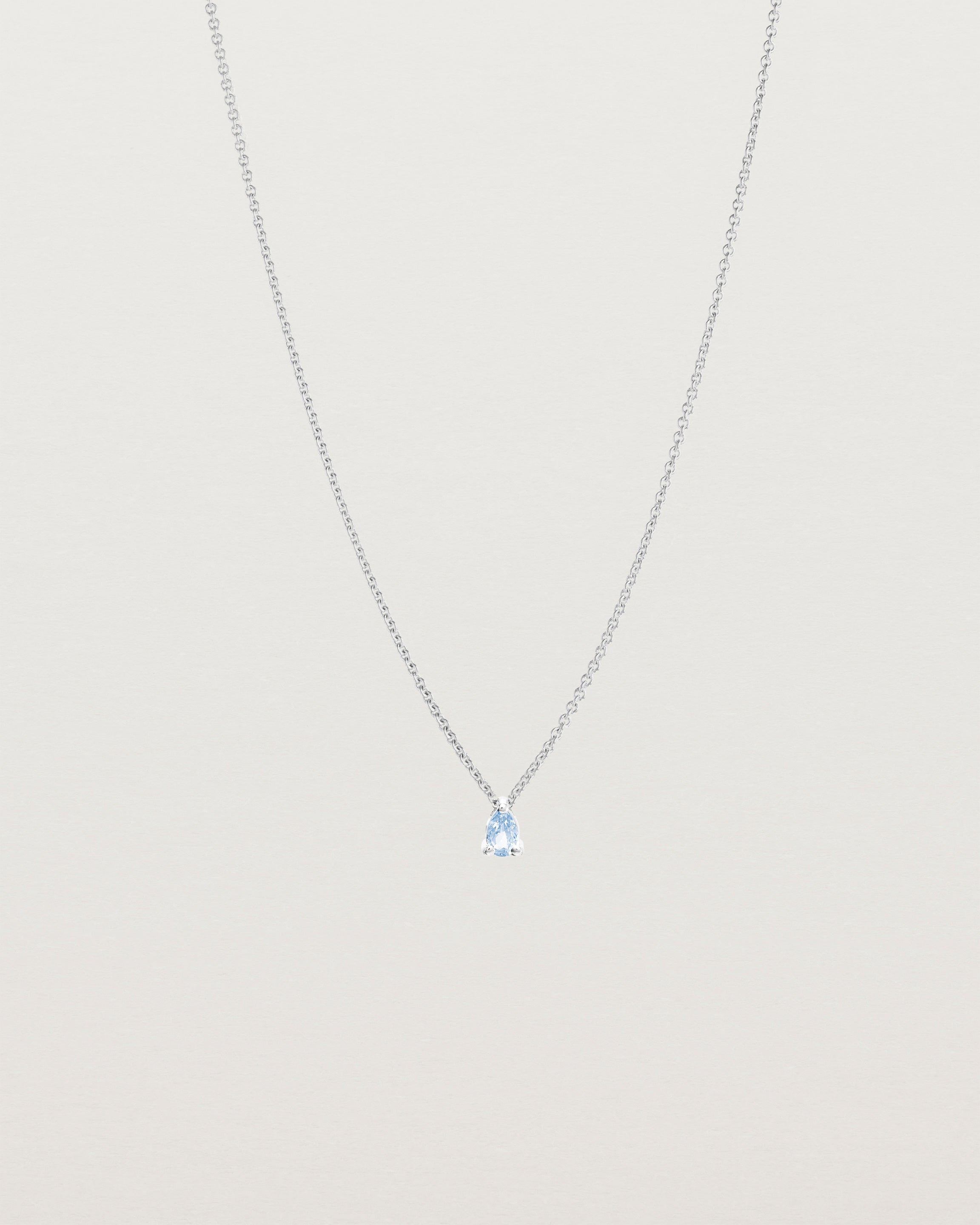
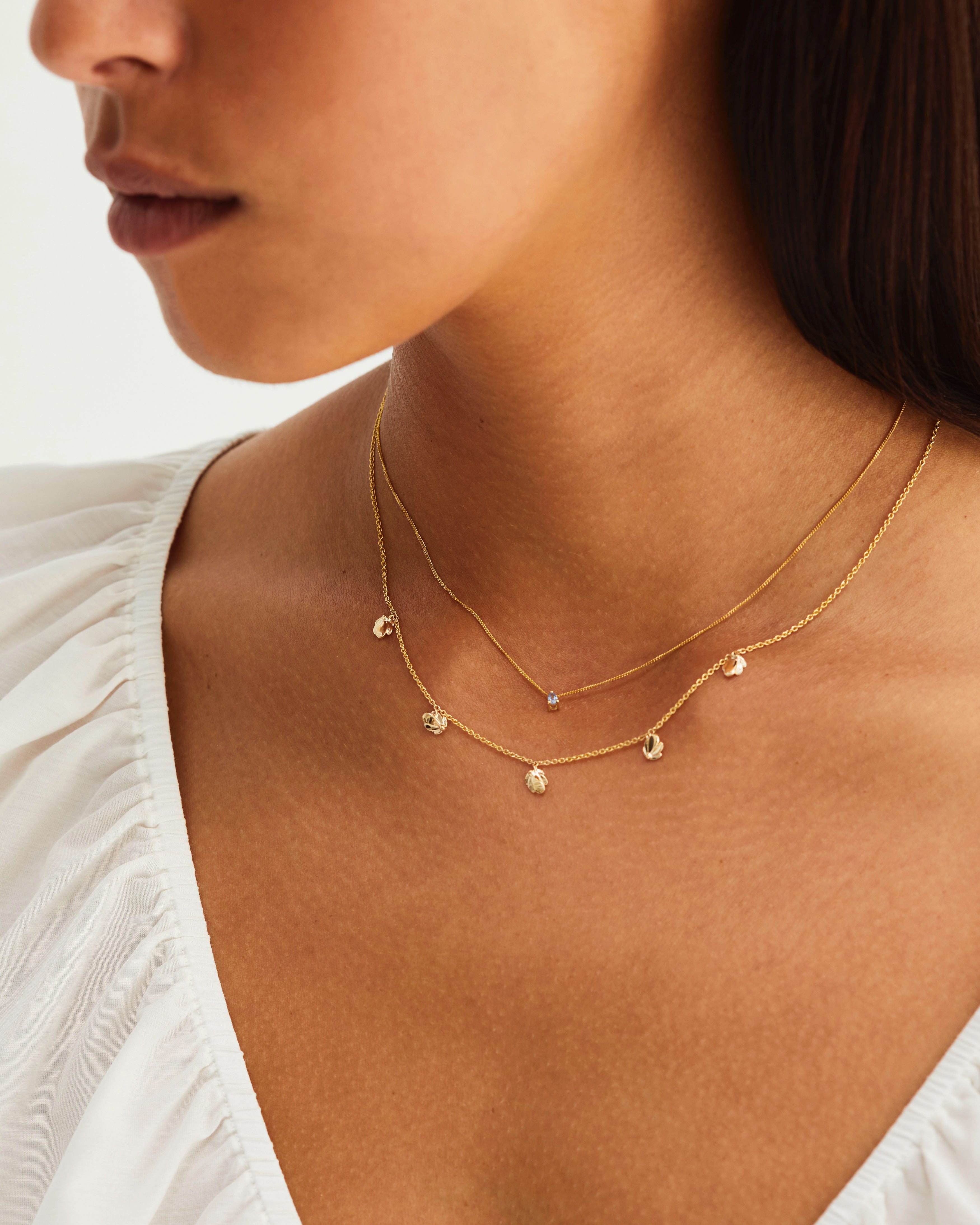
Danaë Slider Necklace | Ceylon Sapphire
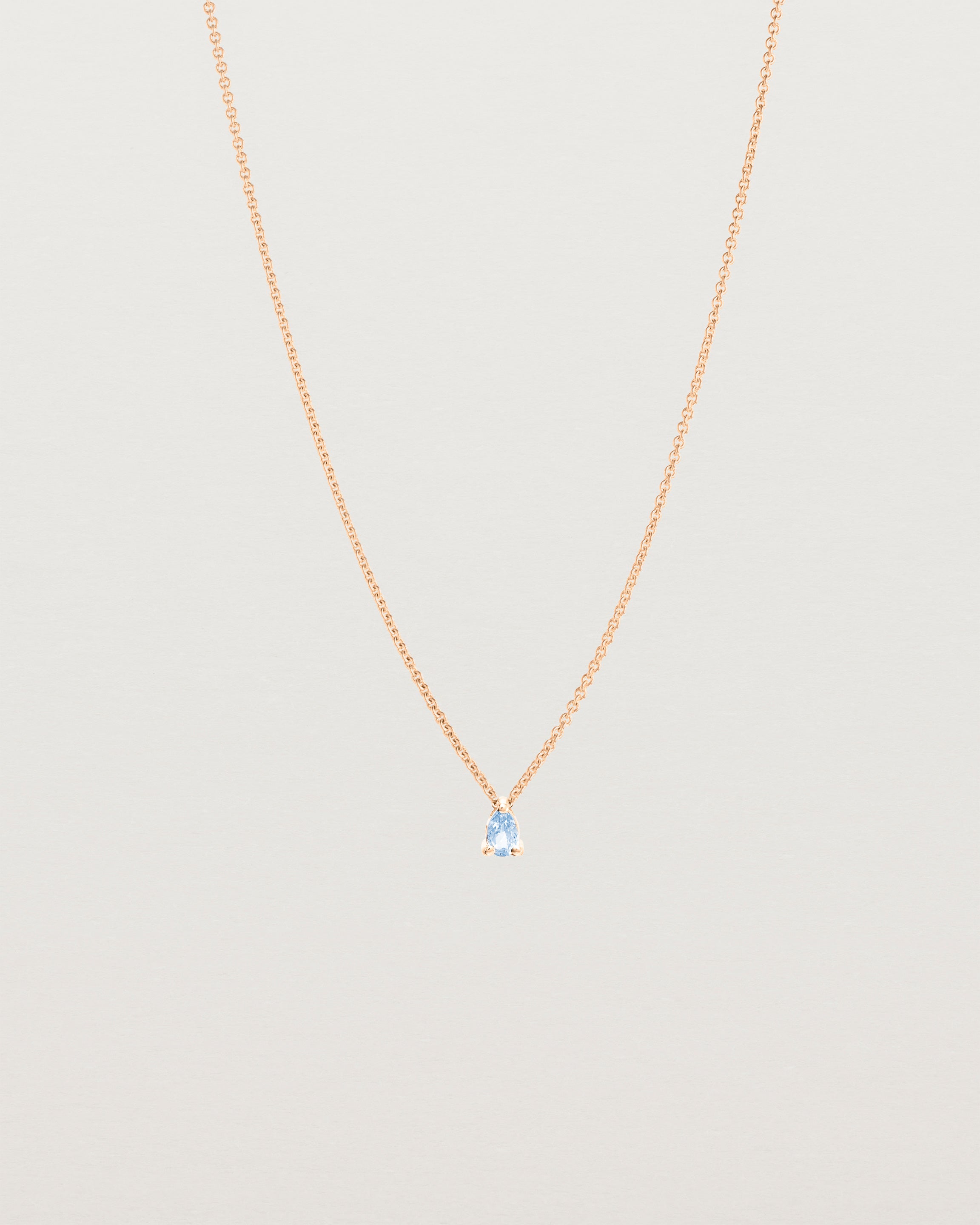
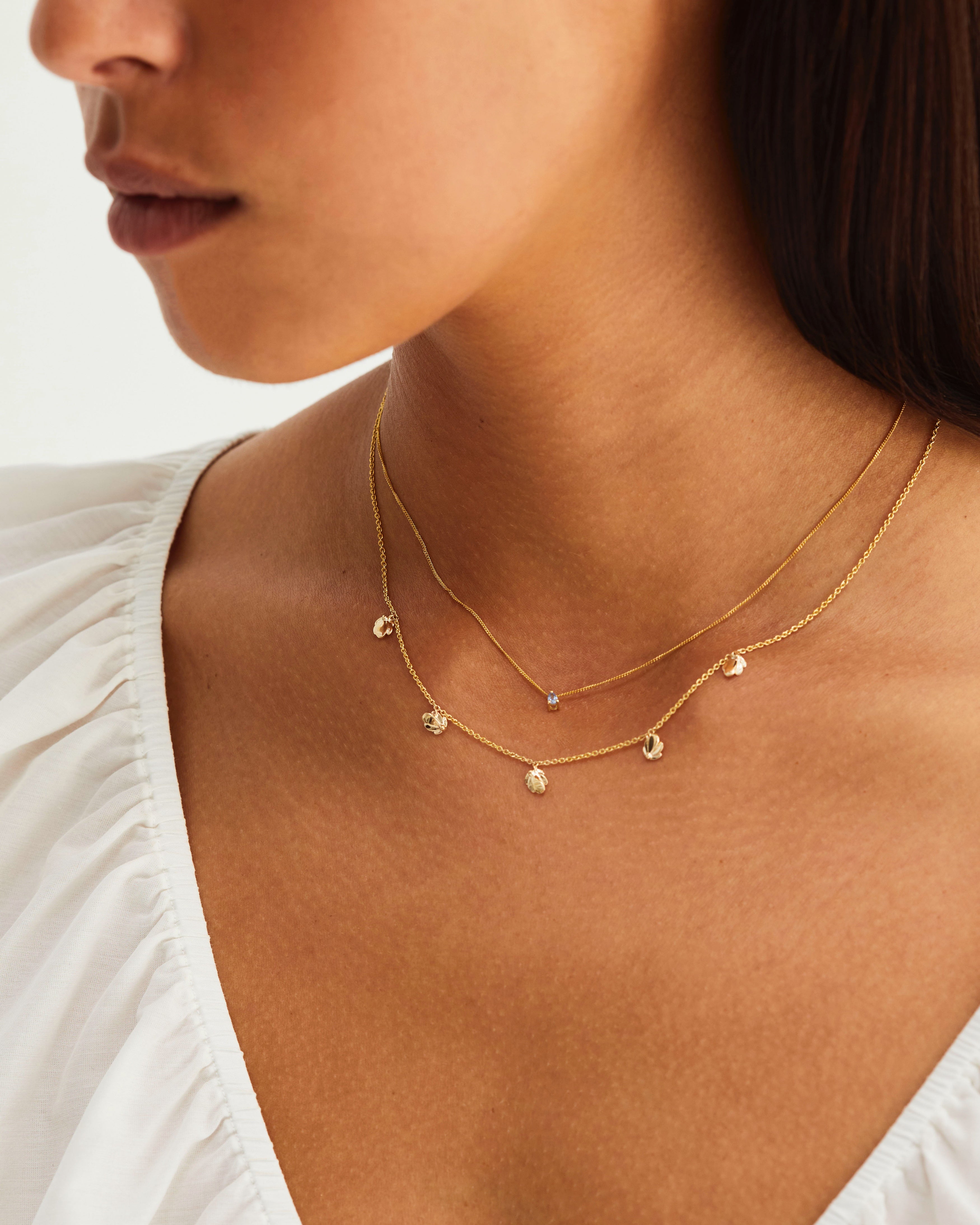
Danaë Slider Necklace | Ceylon Sapphire

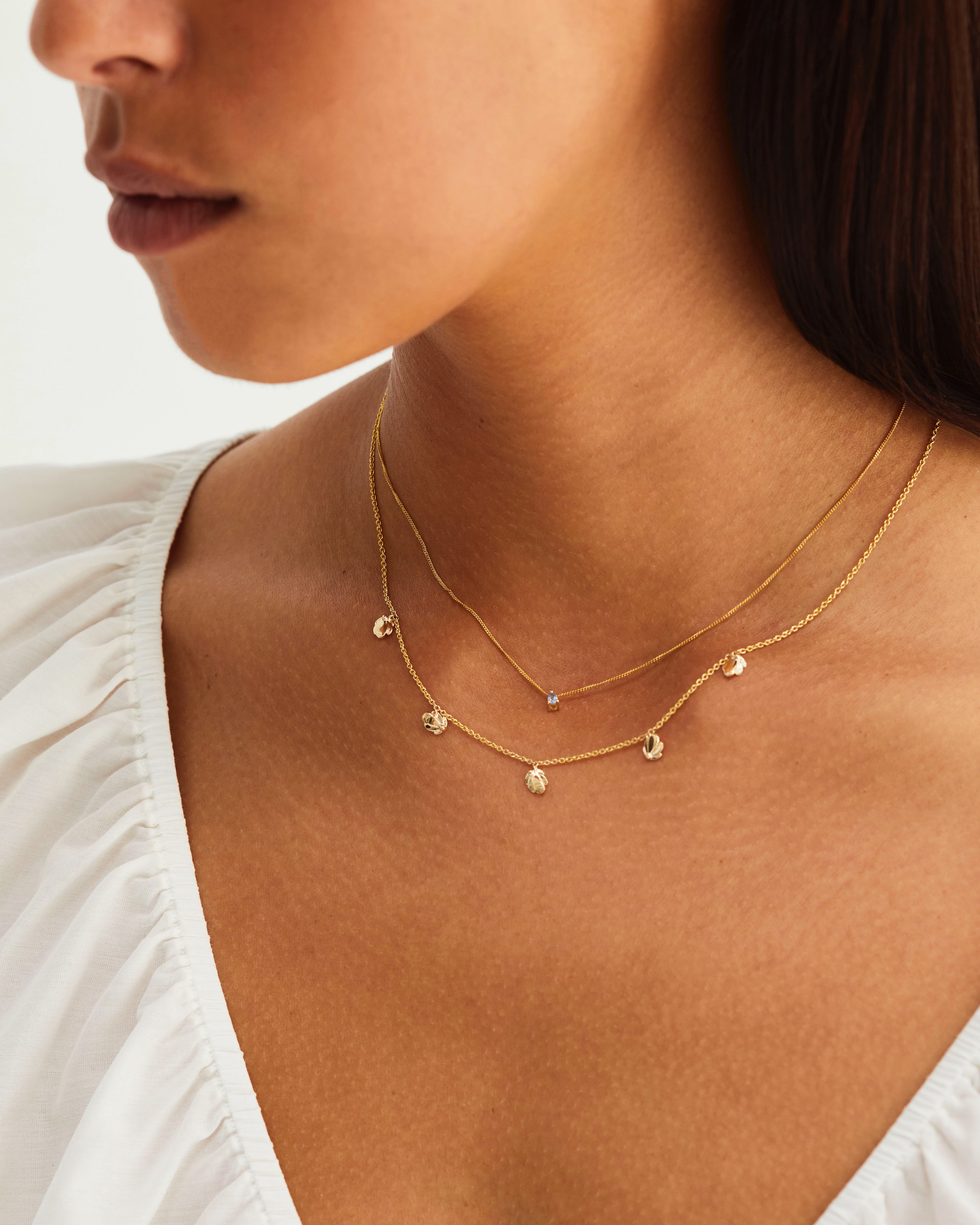
Danaë Slider Necklace | Ceylon Sapphire
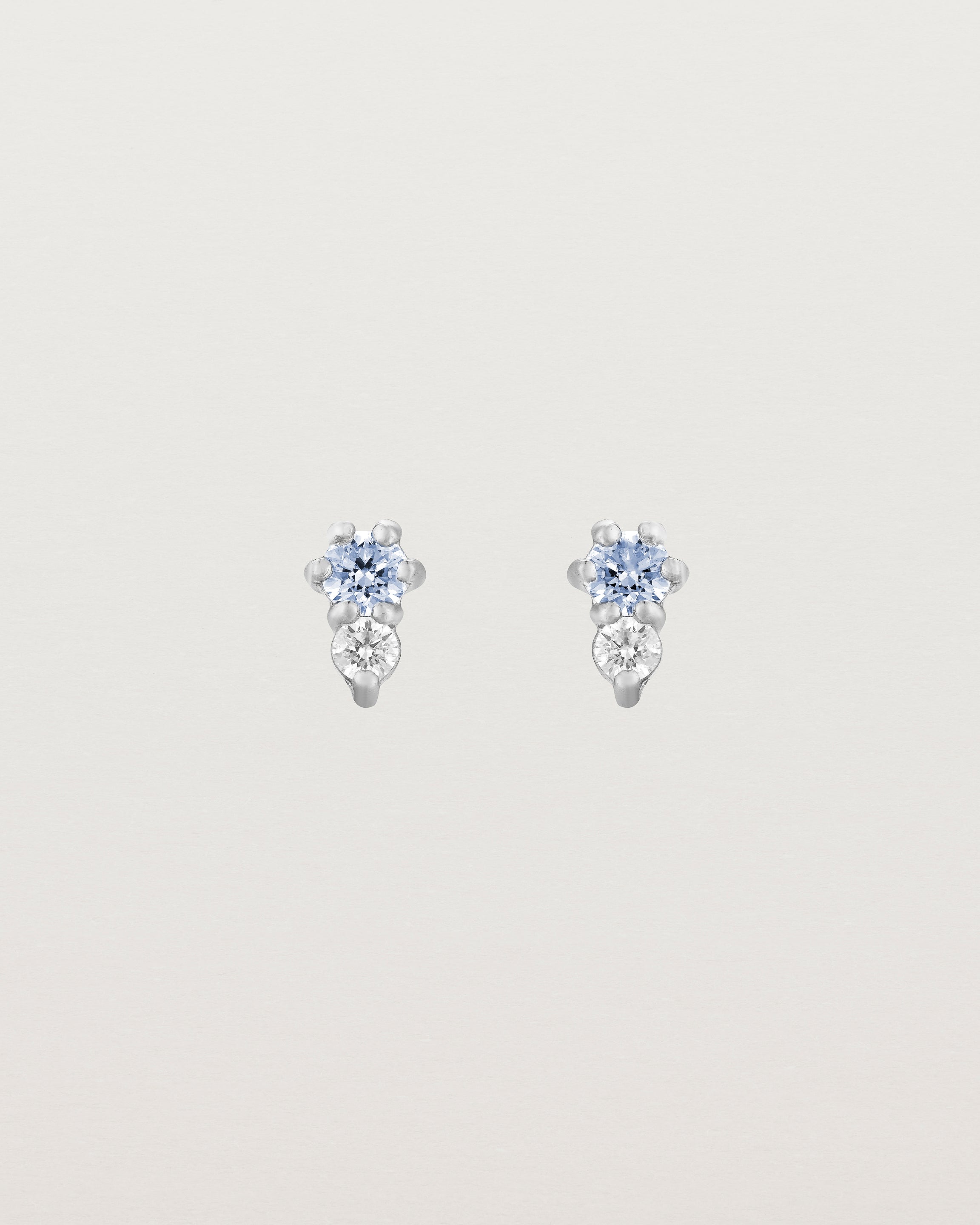

Lottie Studs | Ceylon Sapphire & Diamond
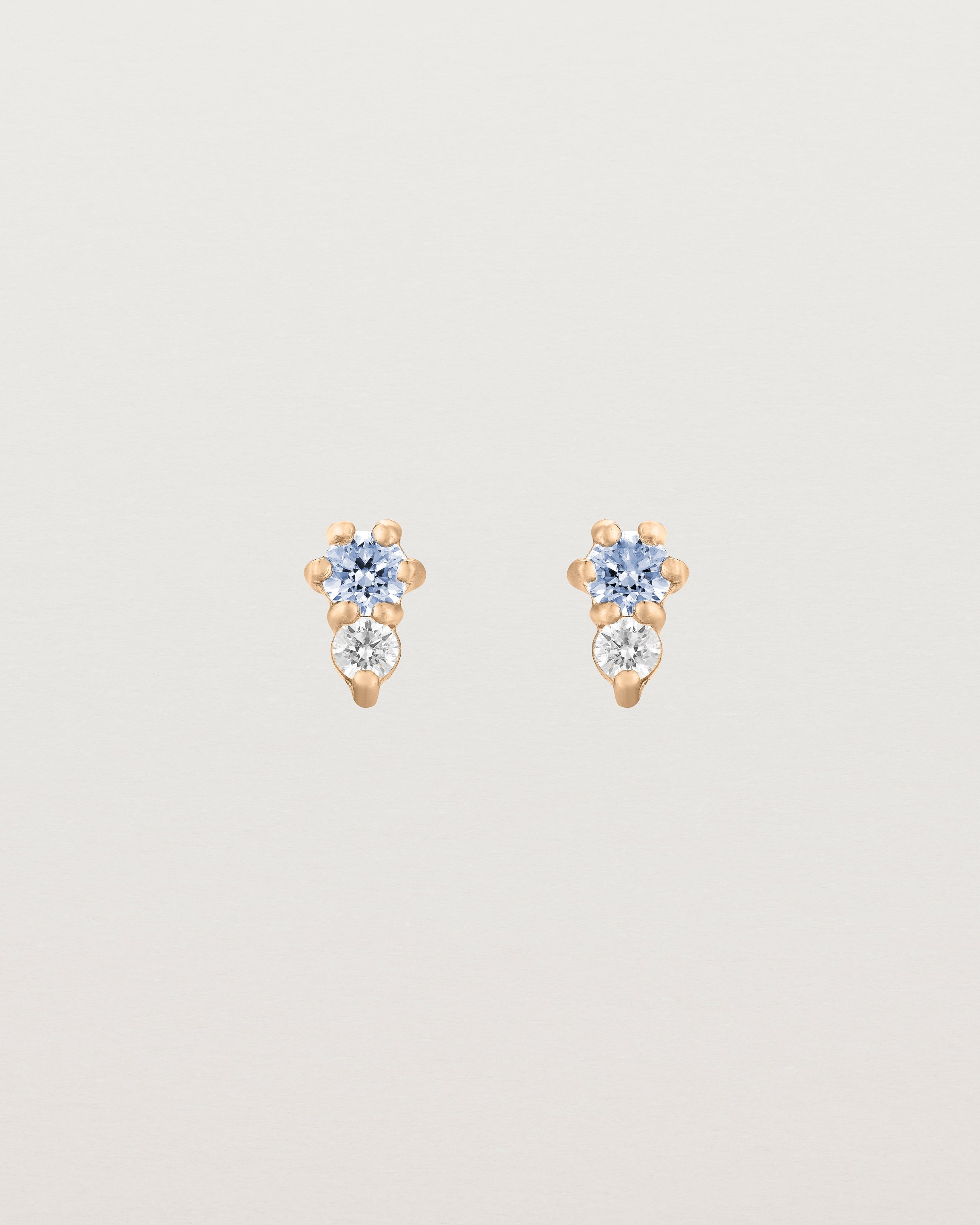

Lottie Studs | Ceylon Sapphire & Diamond
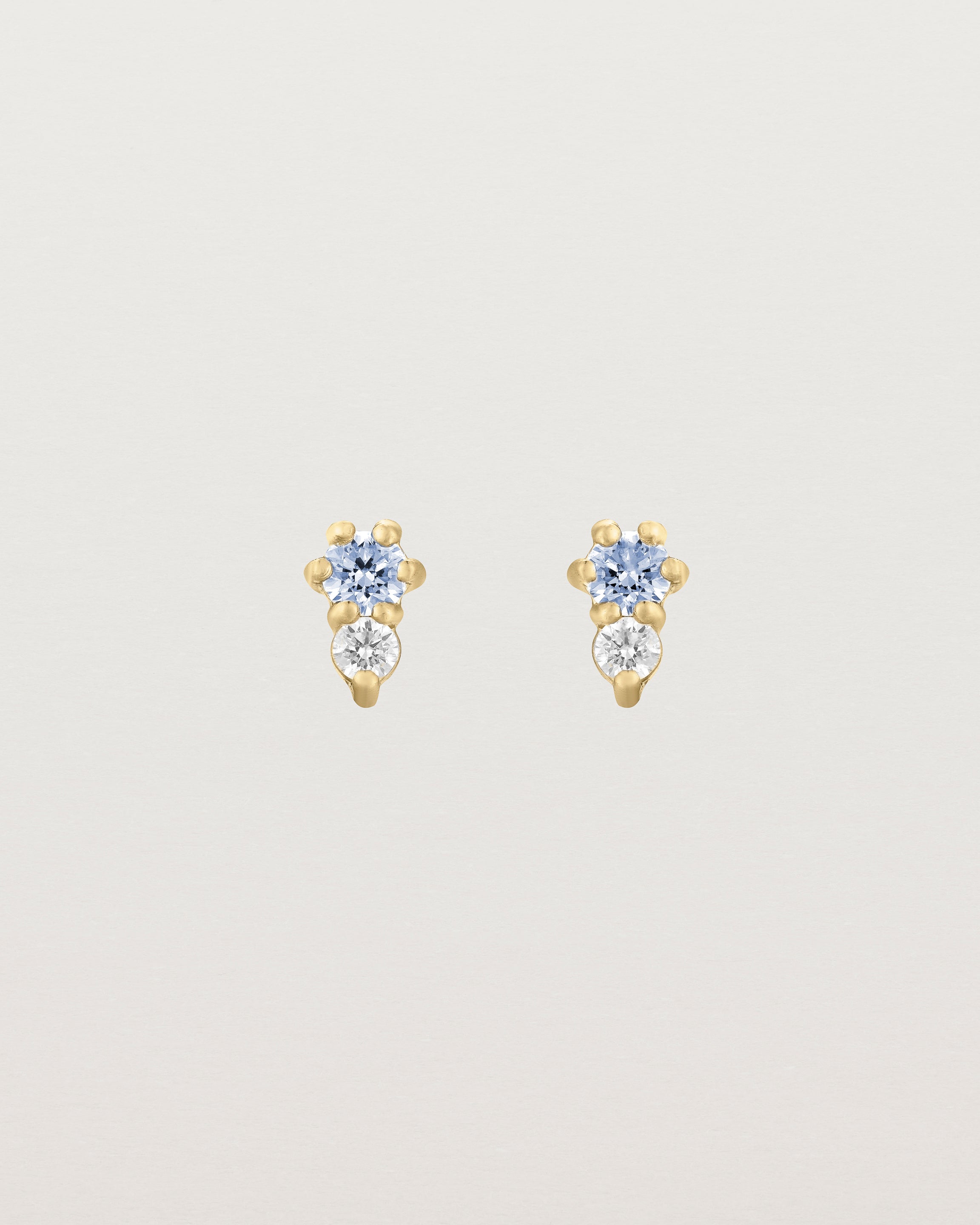

Lottie Studs | Ceylon Sapphire & Diamond
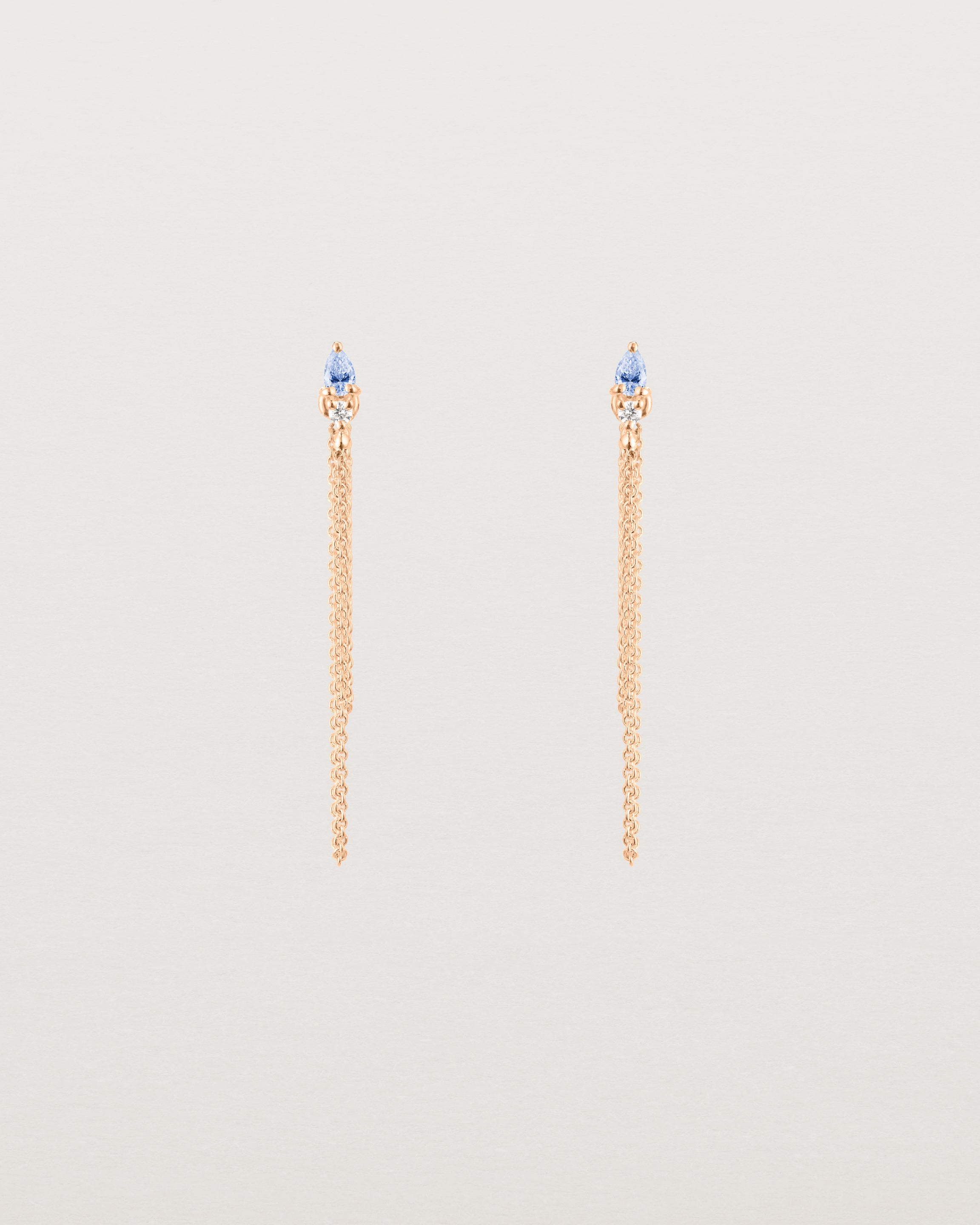

Danaë Loop Studs | Ceylon Sapphire & Diamond
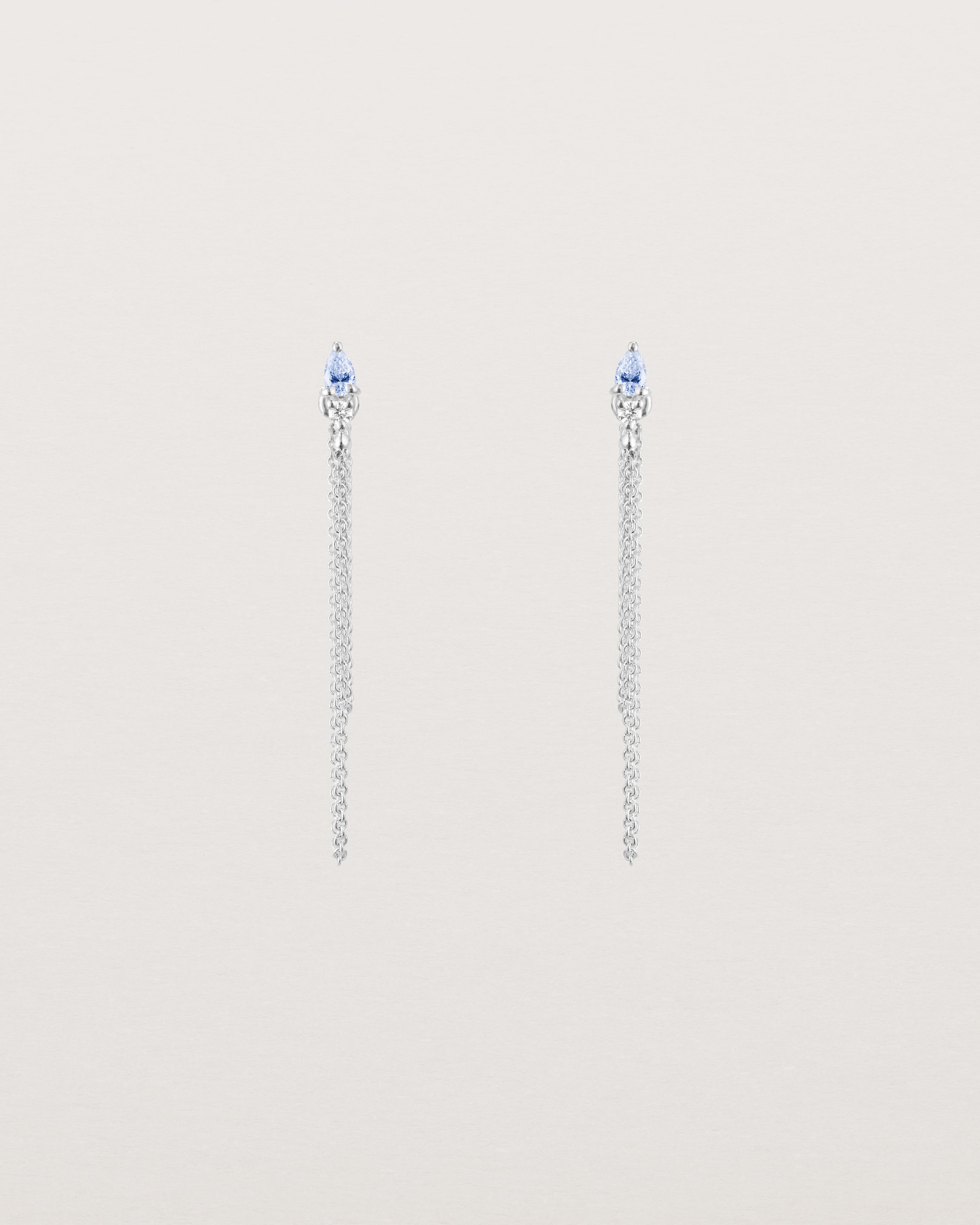
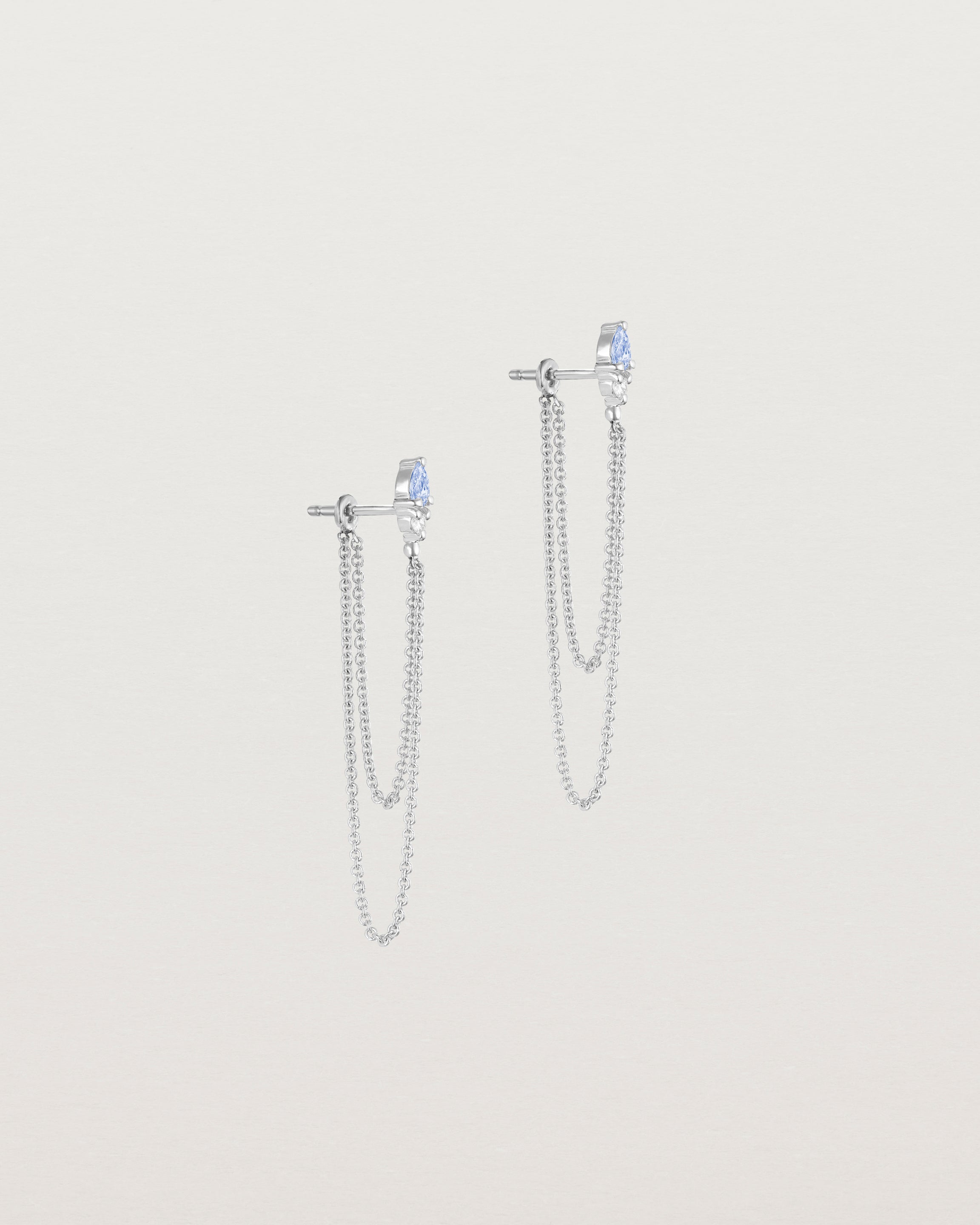
Danaë Loop Studs | Ceylon Sapphire & Diamond
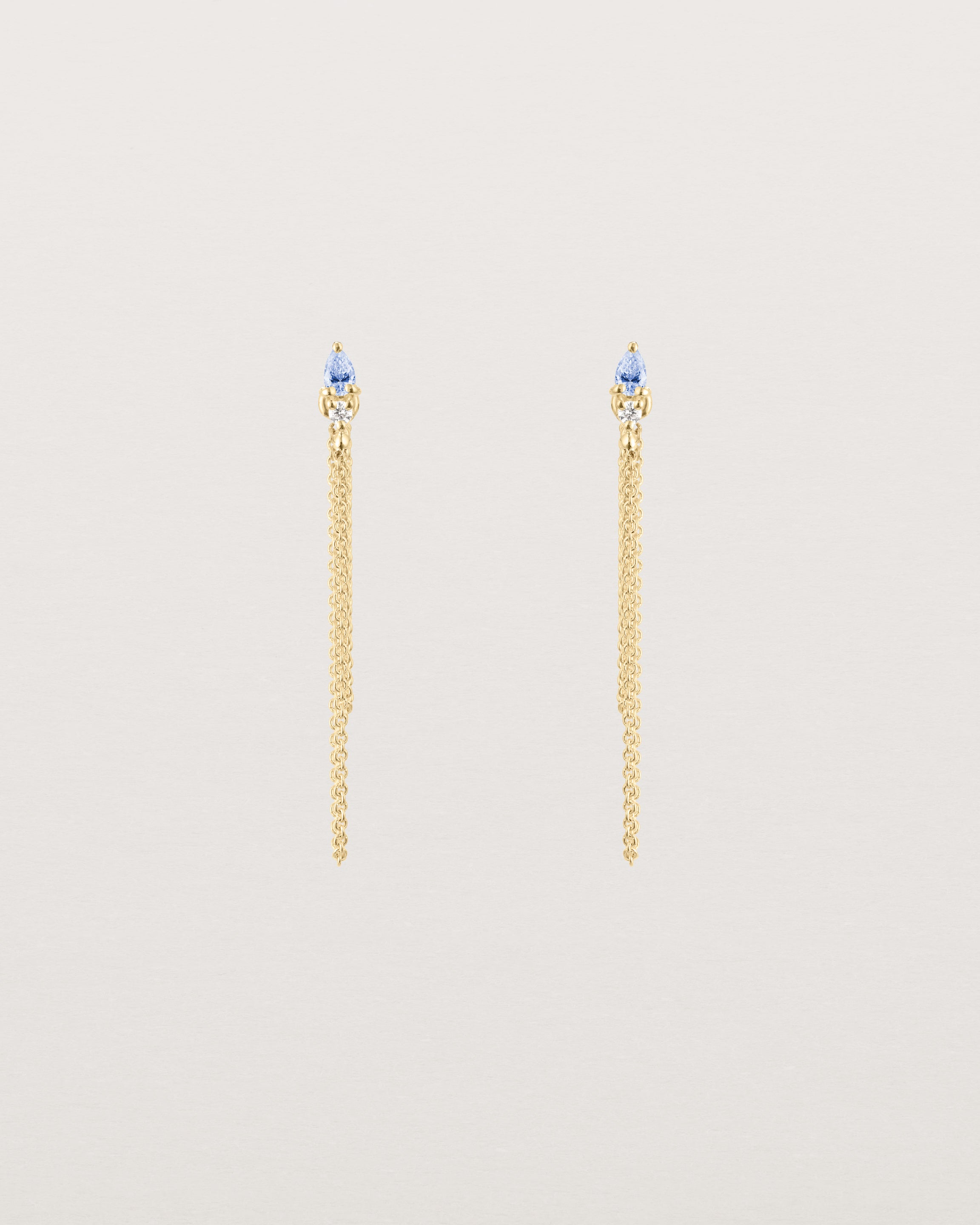

Danaë Loop Studs | Ceylon Sapphire & Diamond
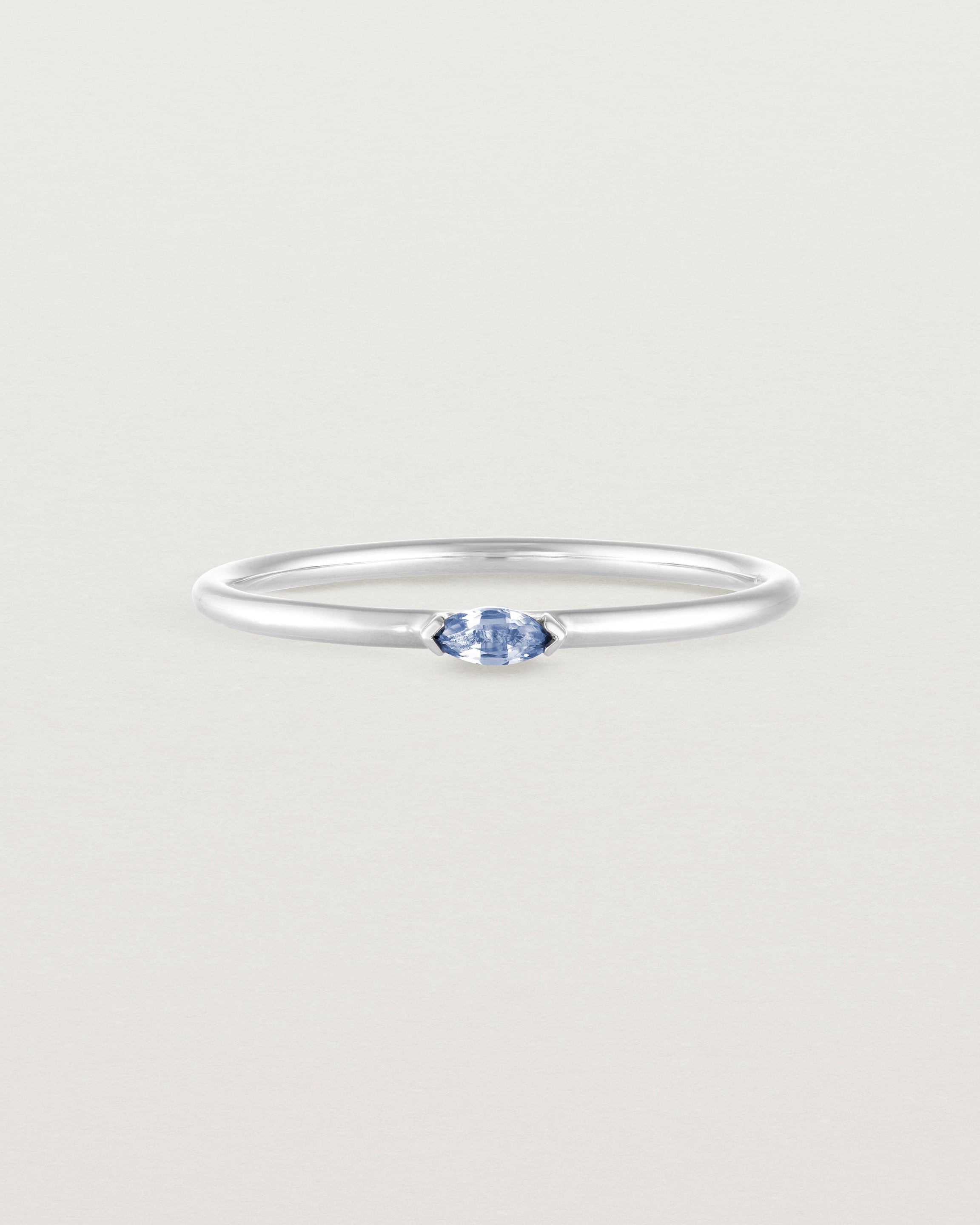
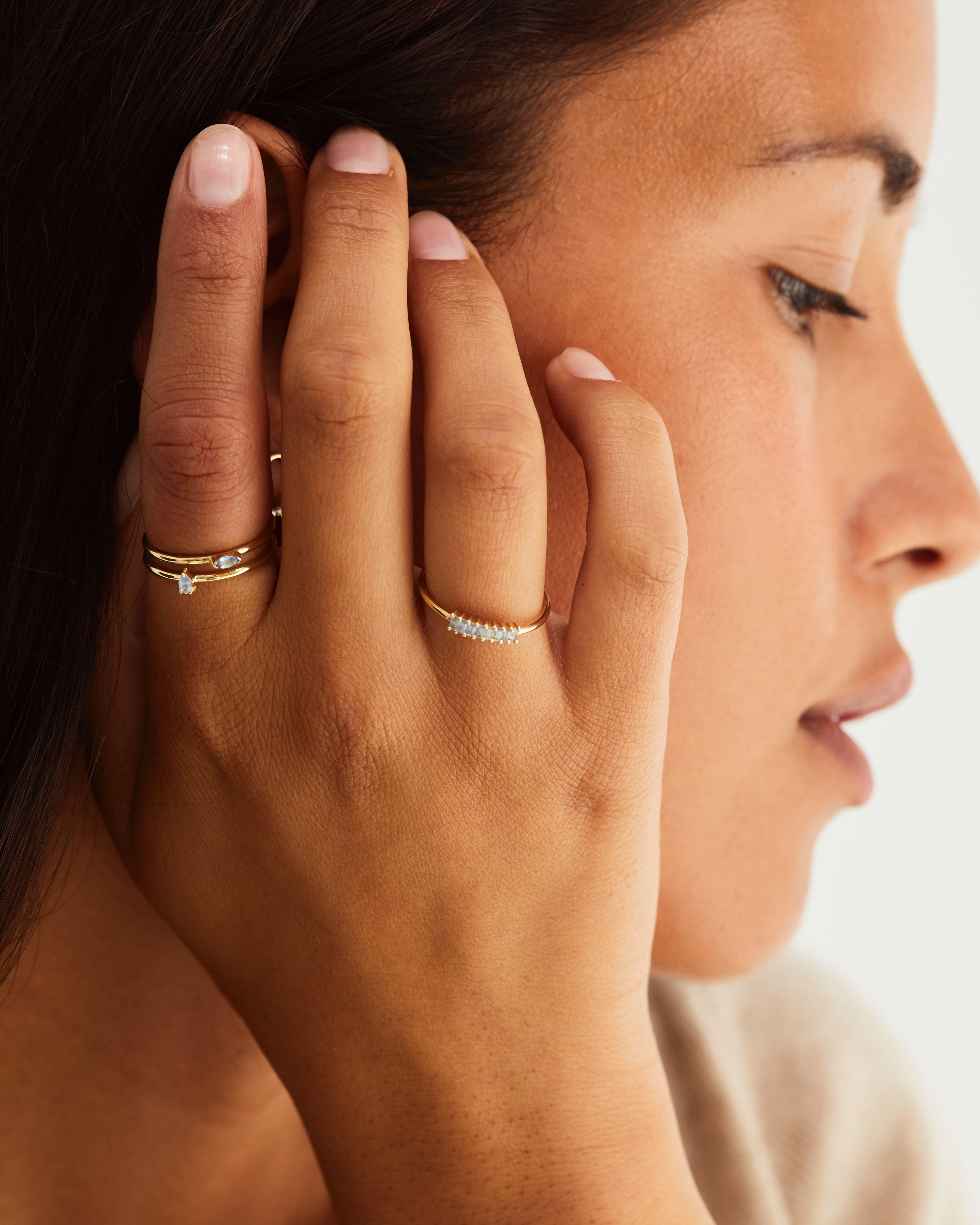
Vega Stacking Ring | Ceylon Sapphire
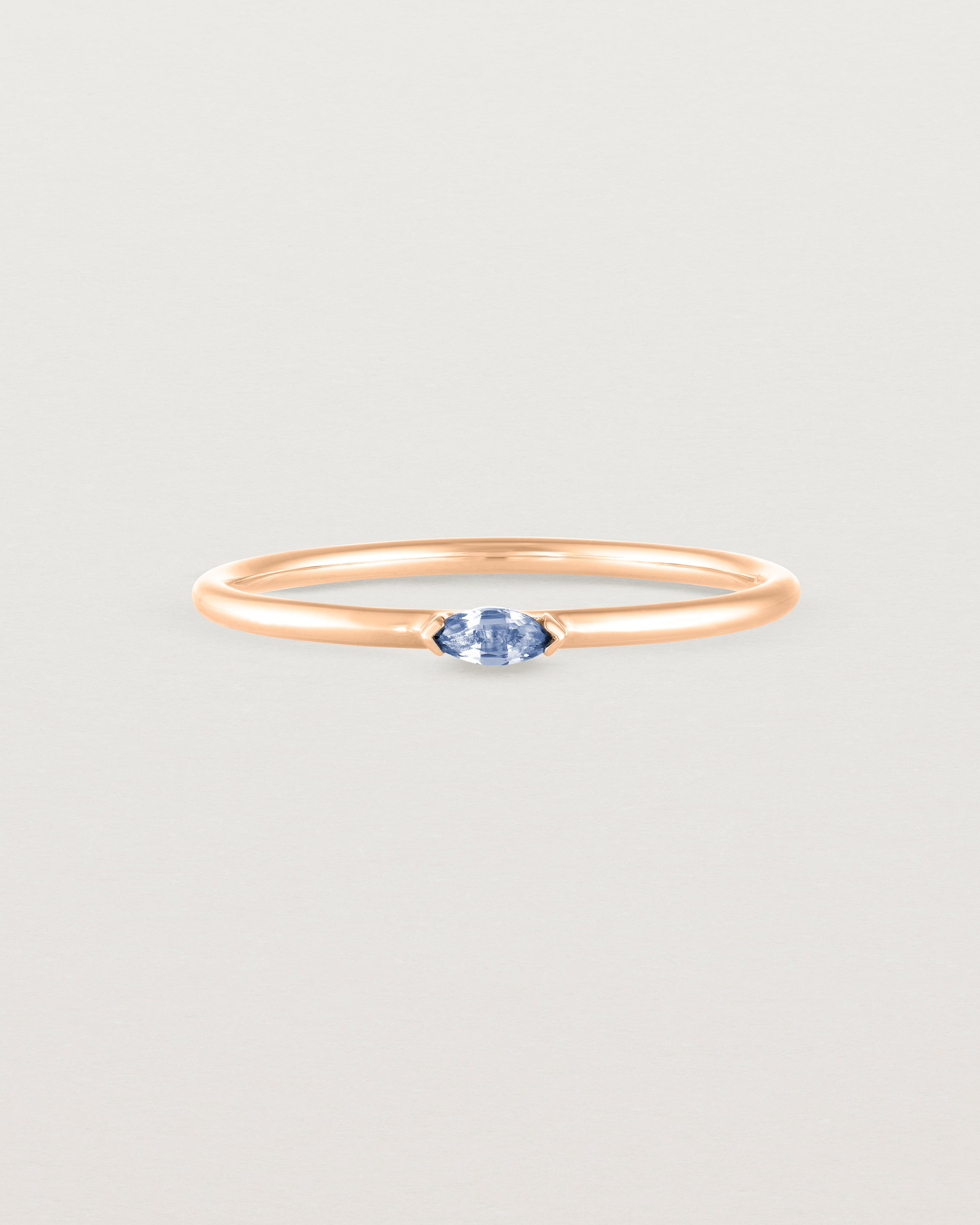
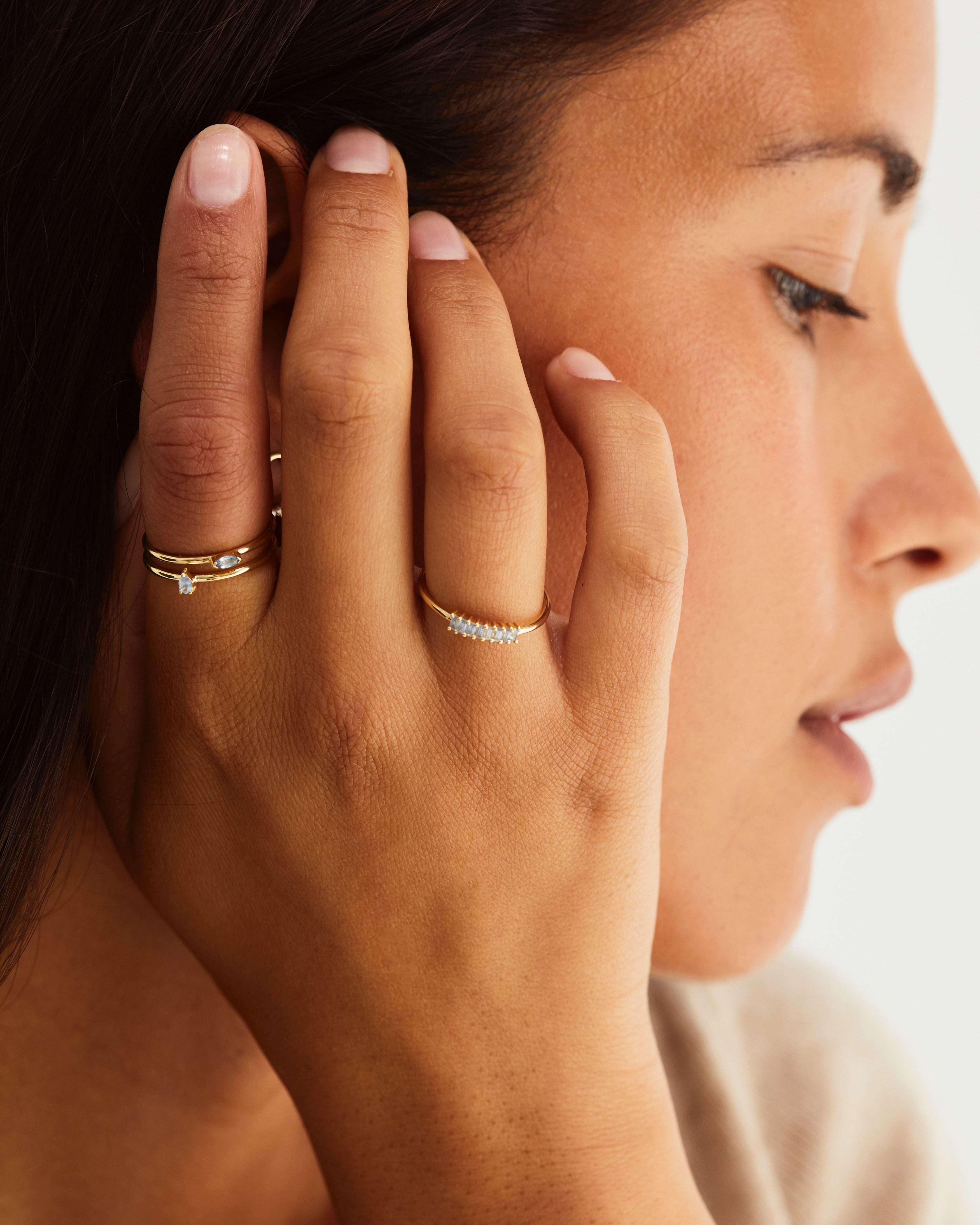
Vega Stacking Ring | Ceylon Sapphire

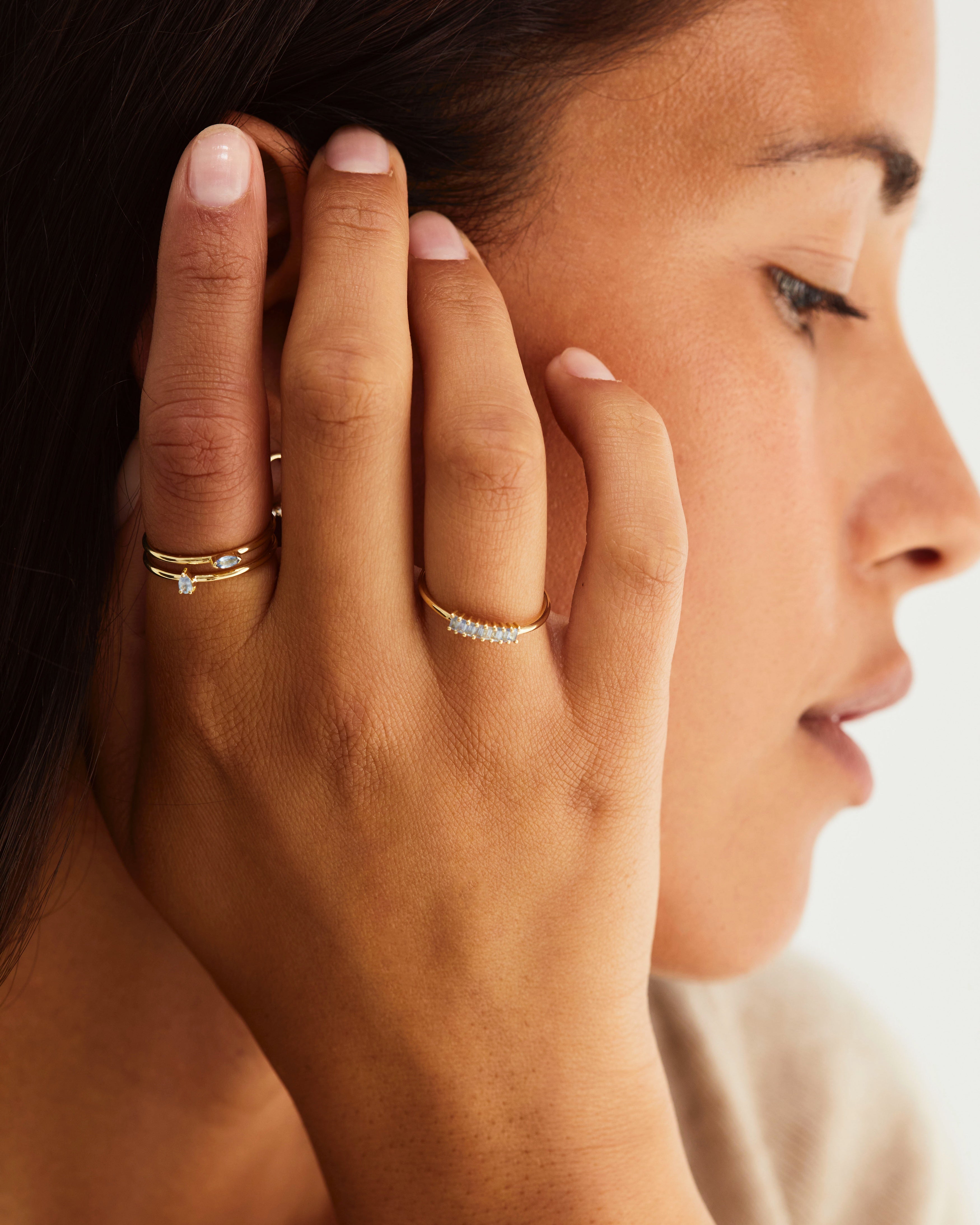
Sena Wrap Ring | Ceylon Sapphire
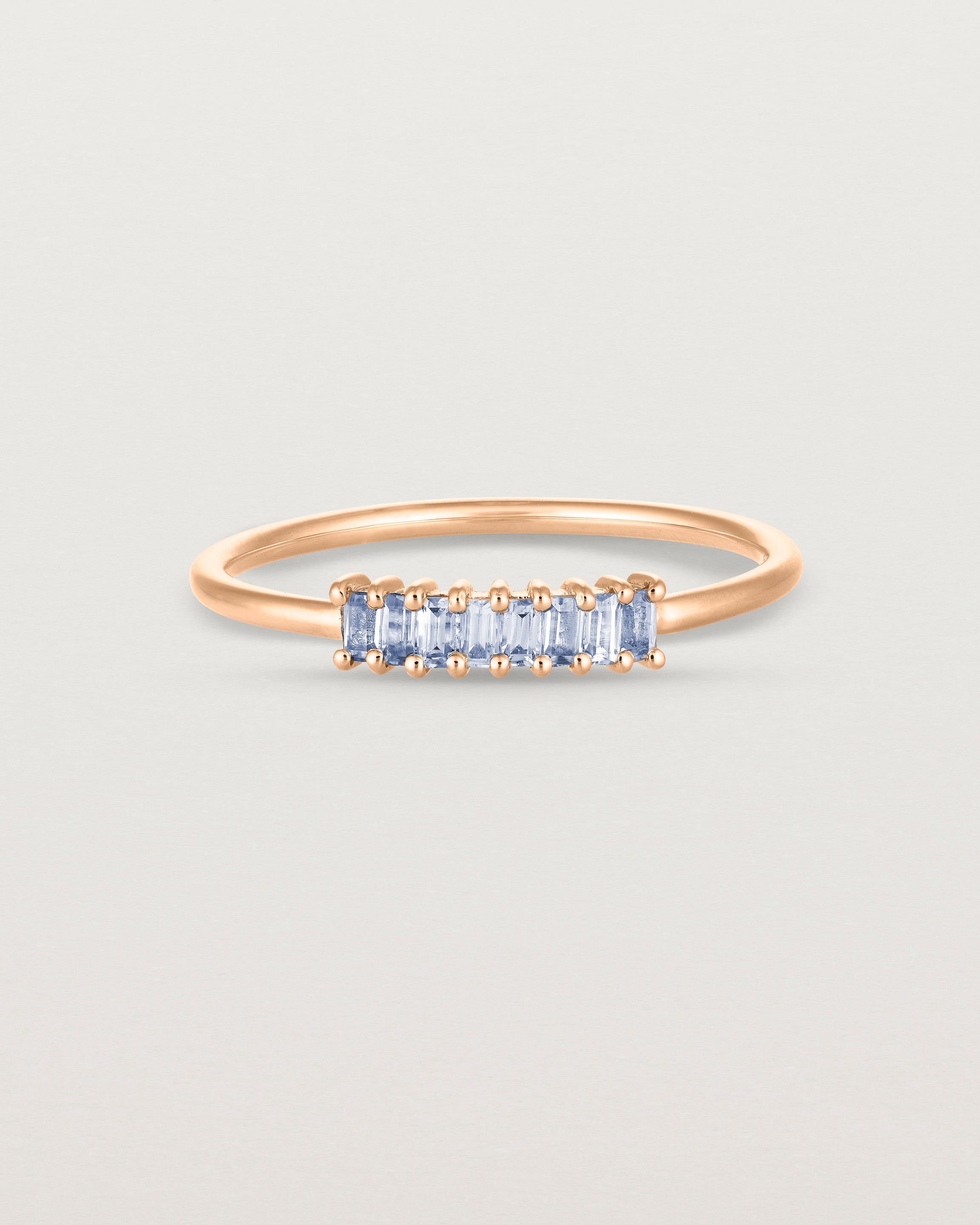
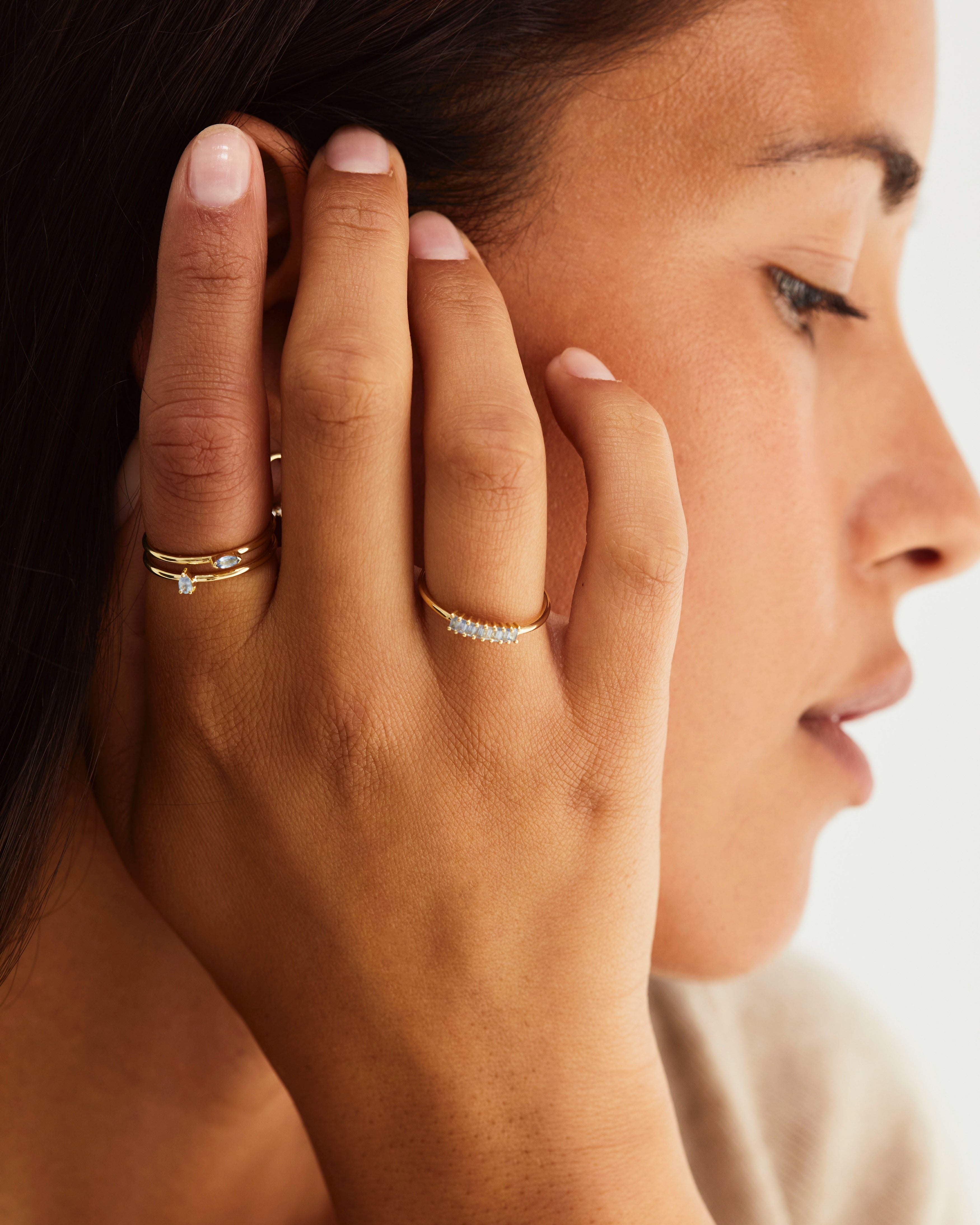
Sena Wrap Ring | Ceylon Sapphire
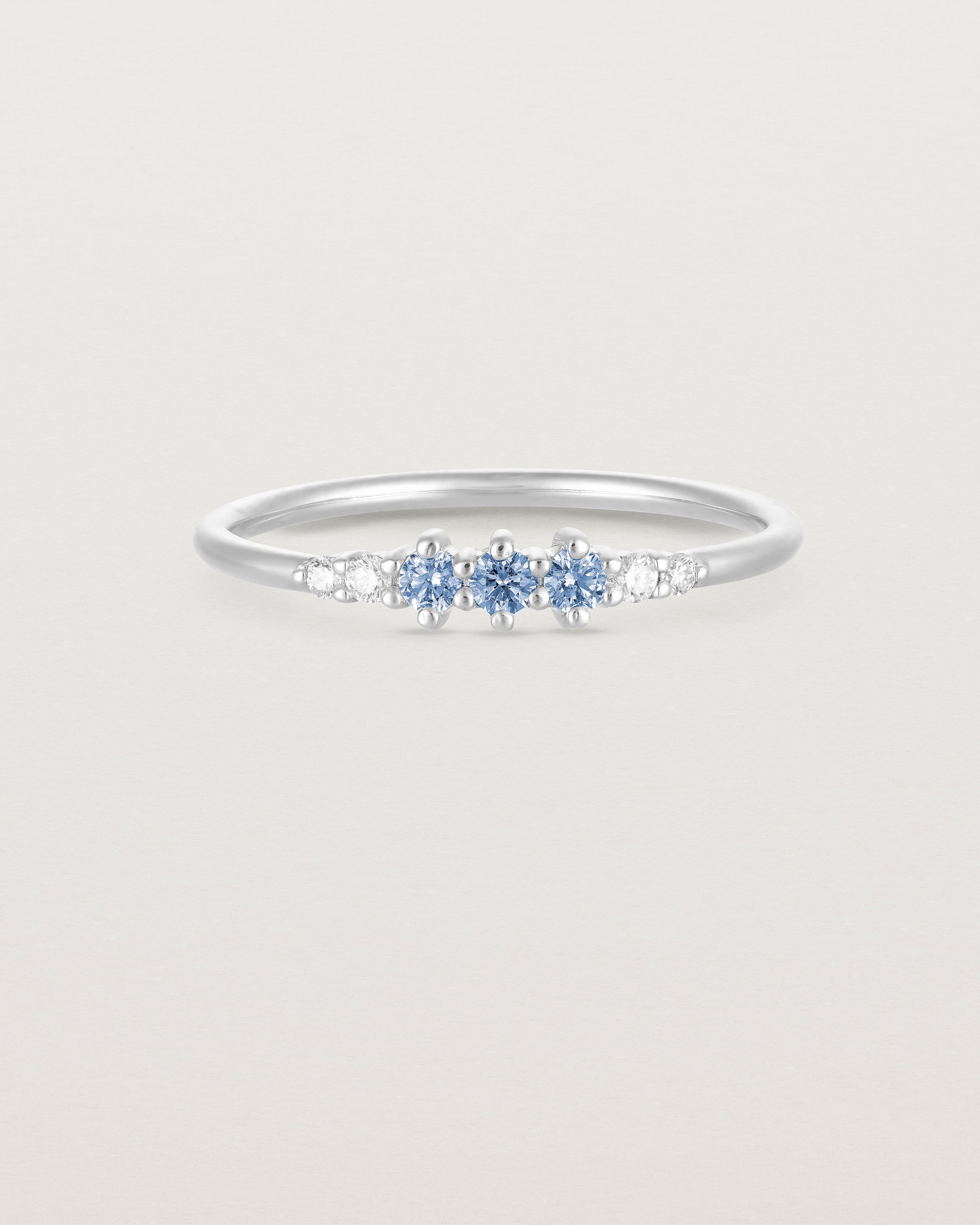
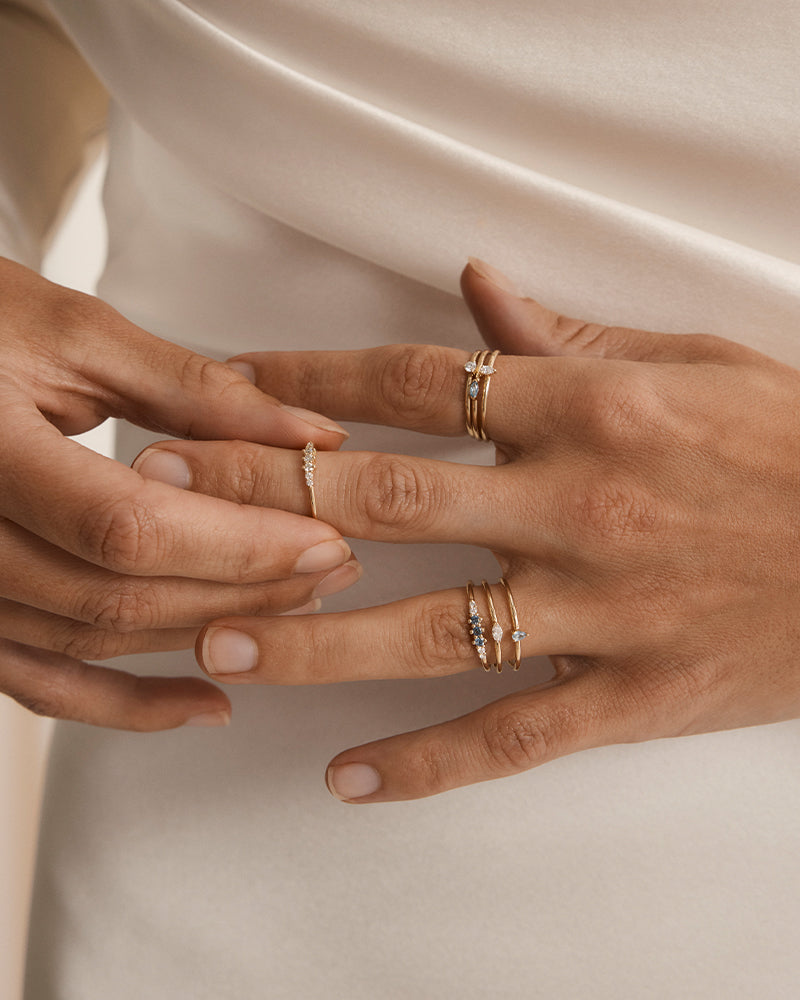
Lottie Ring | Ceylon Sapphires & Diamonds
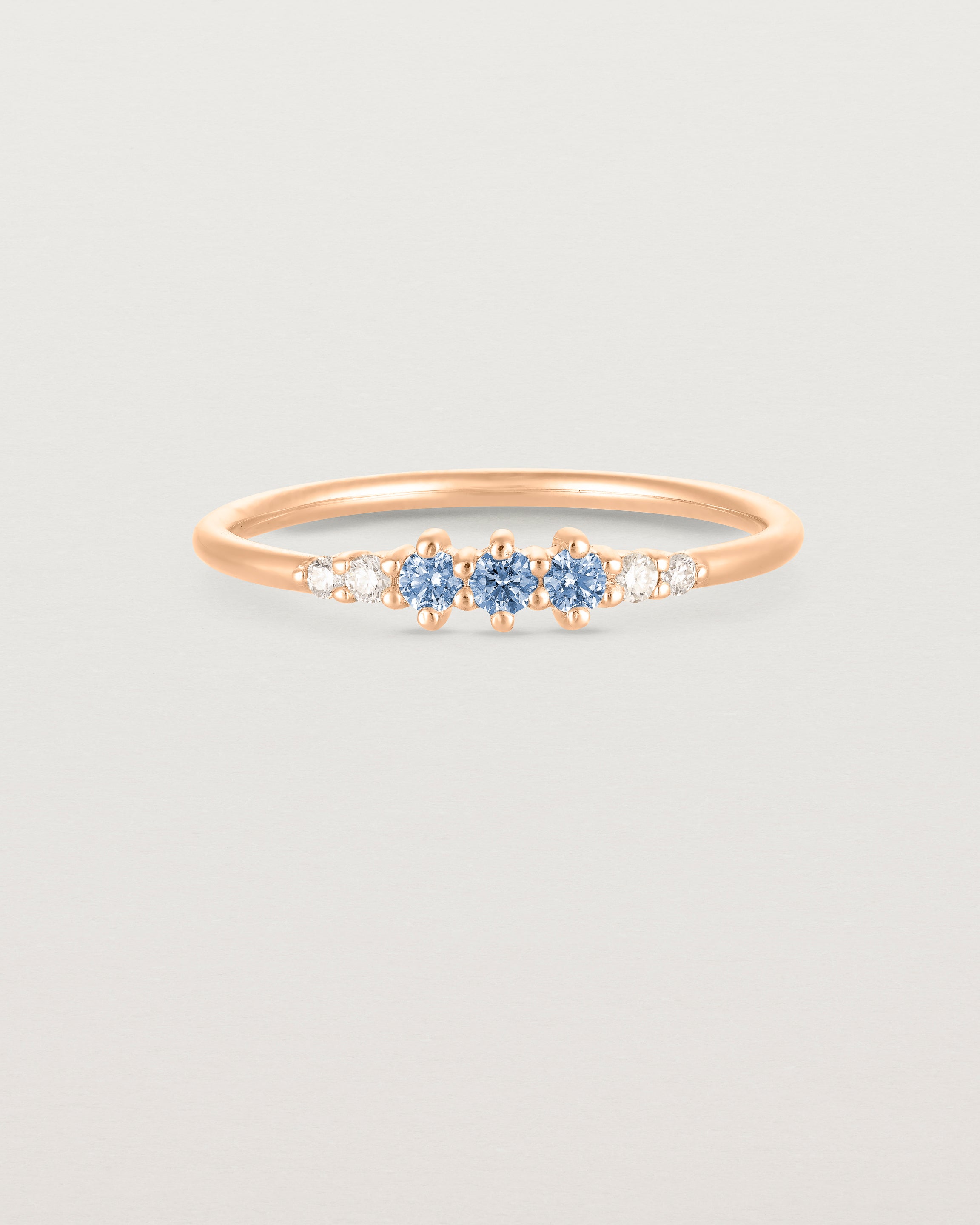
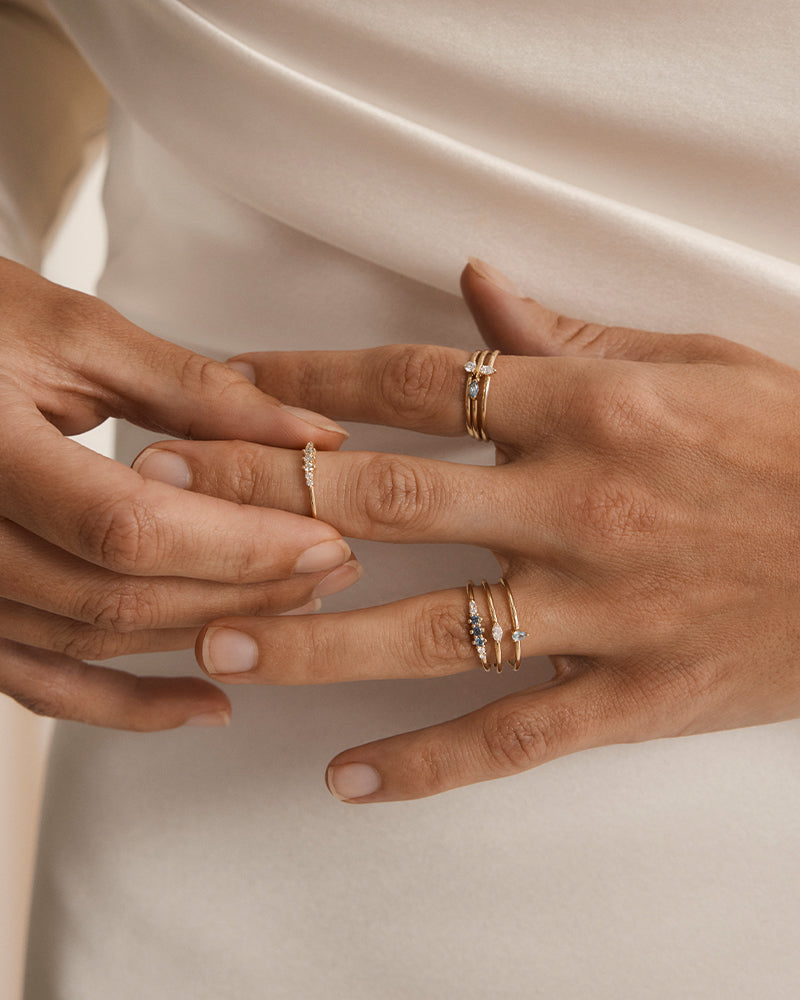
Lottie Ring | Ceylon Sapphires & Diamonds
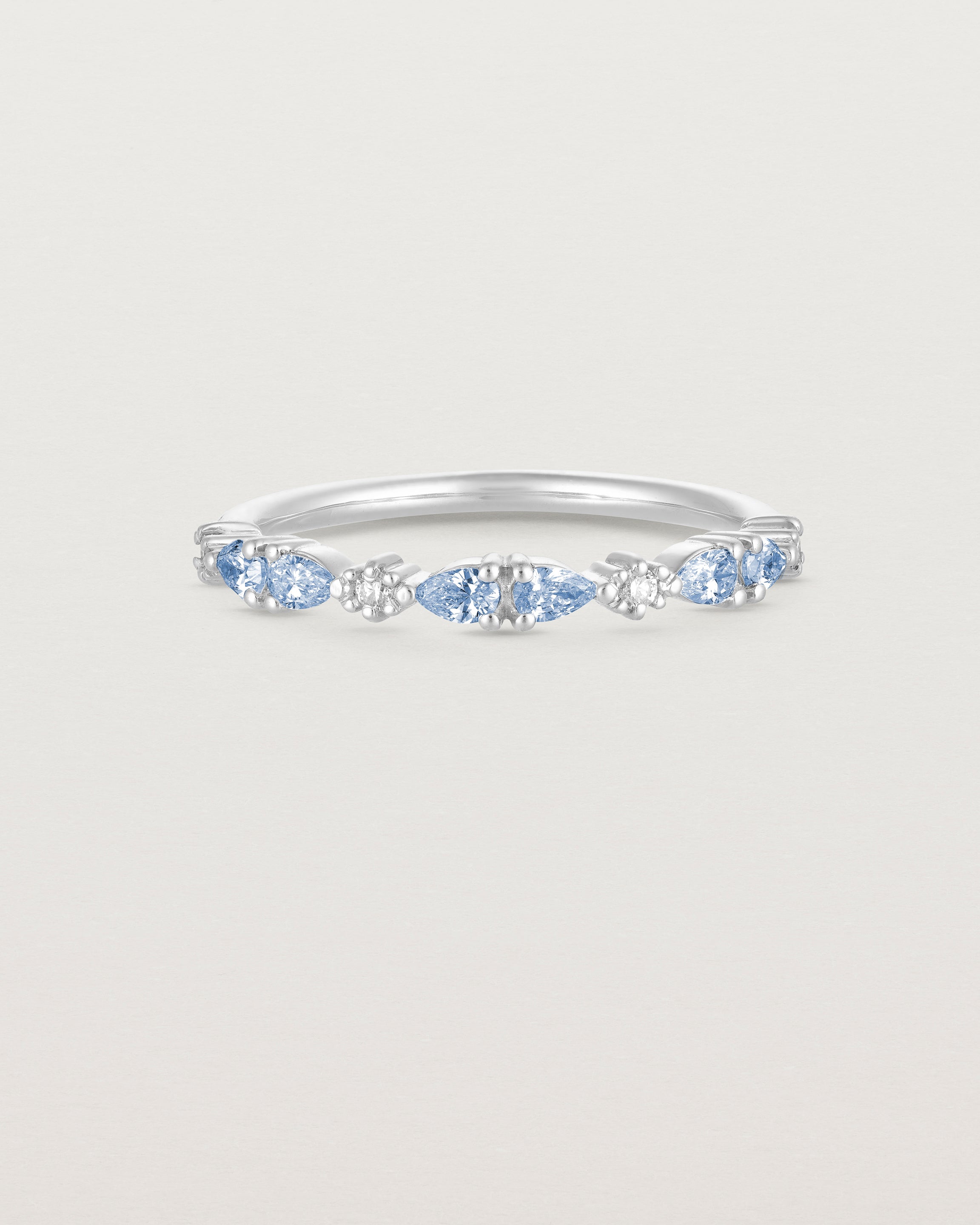
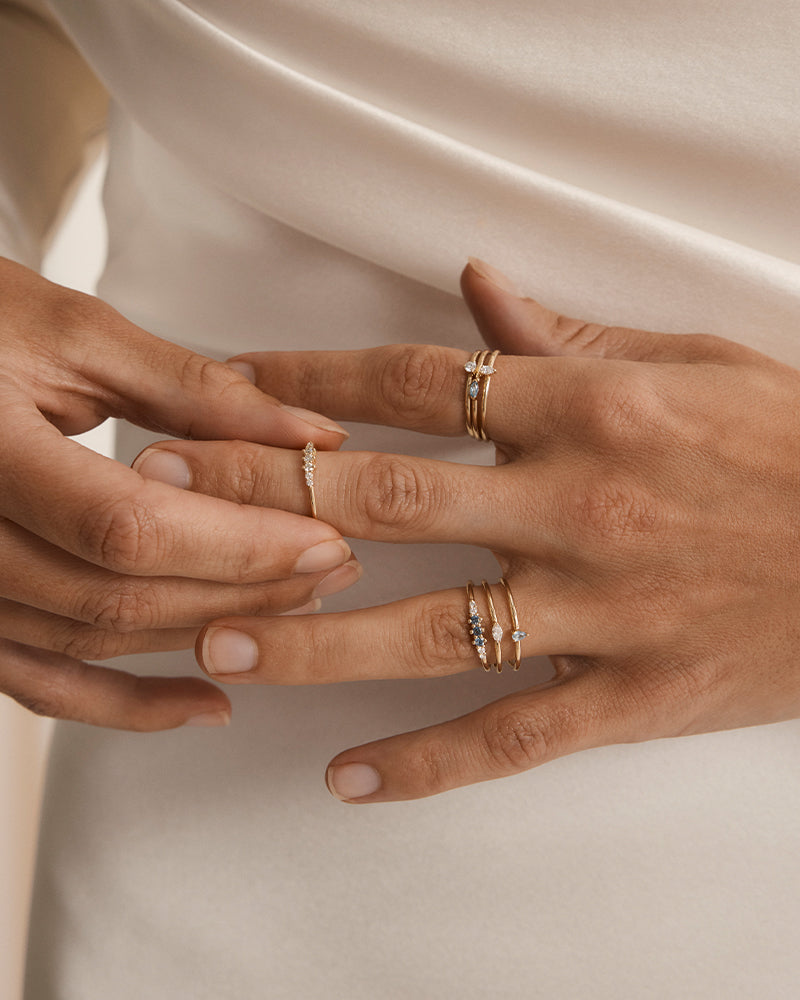
Lena Ring | Ceylon Sapphires & Diamonds
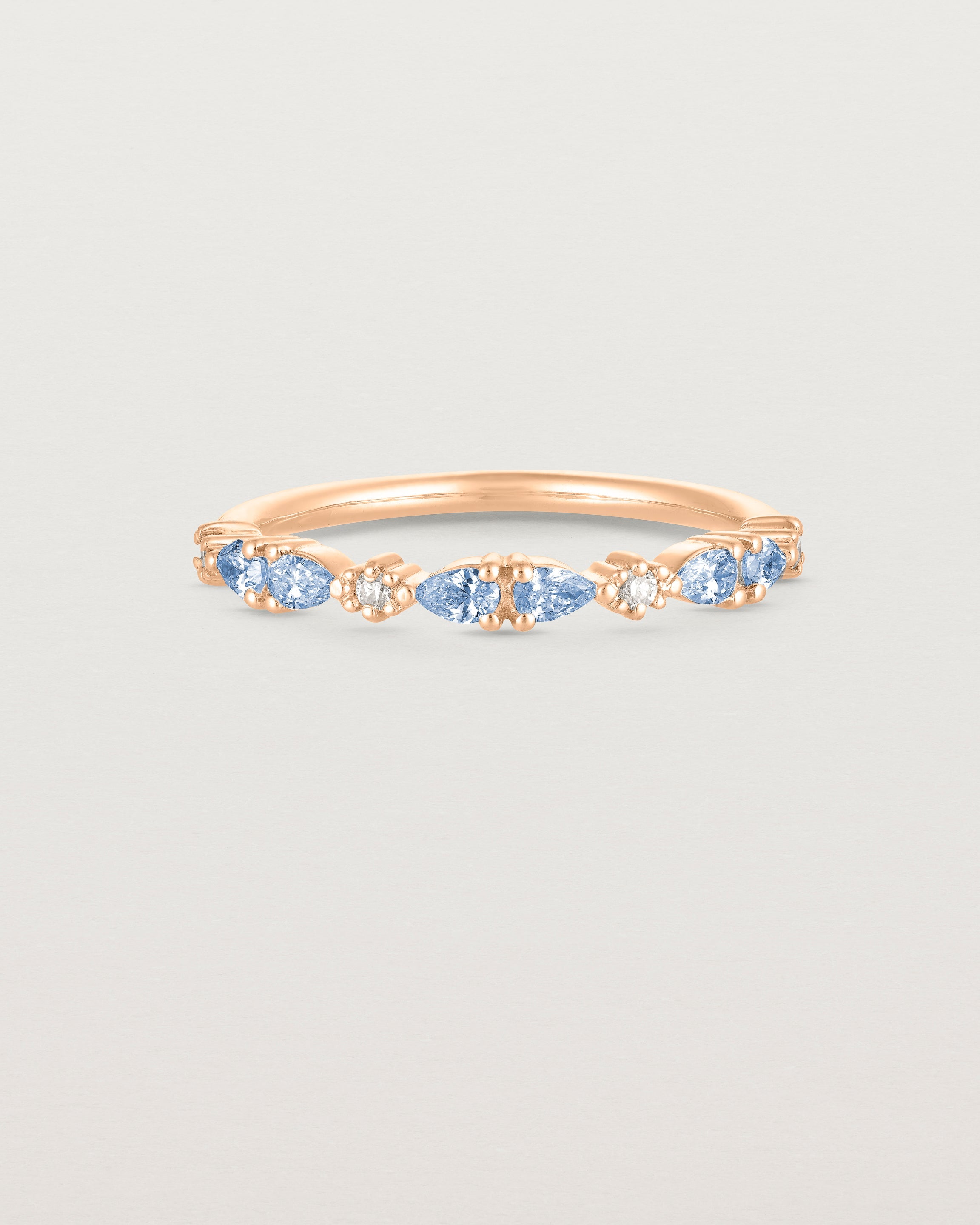
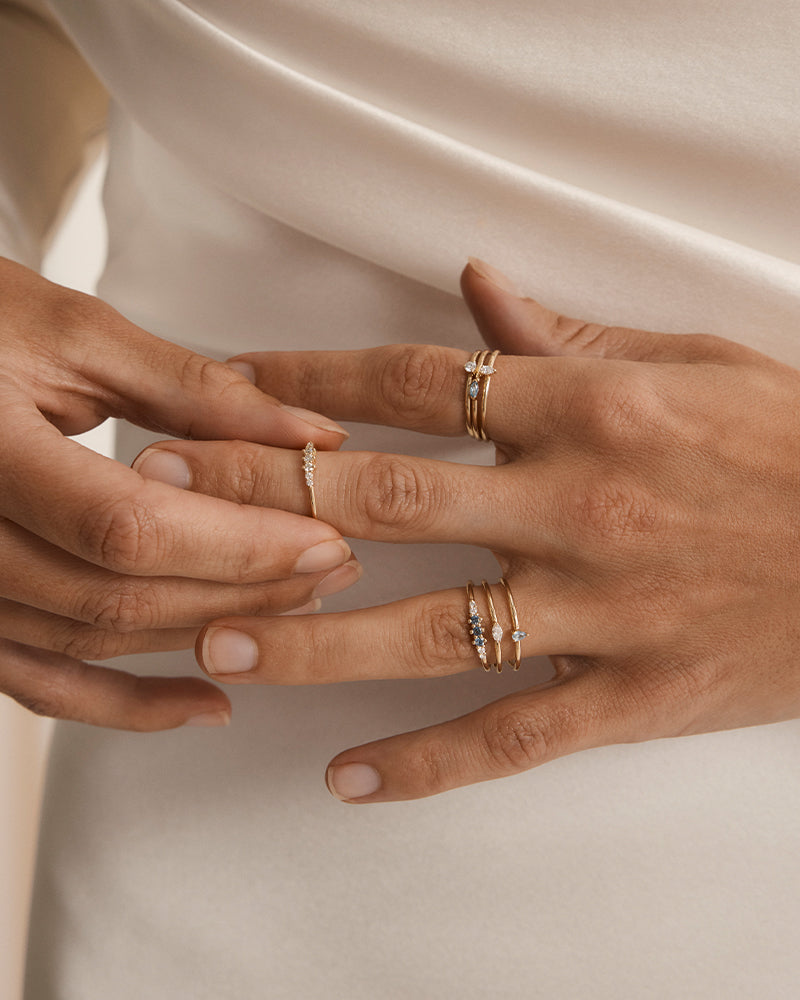
Lena Ring | Ceylon Sapphires & Diamonds
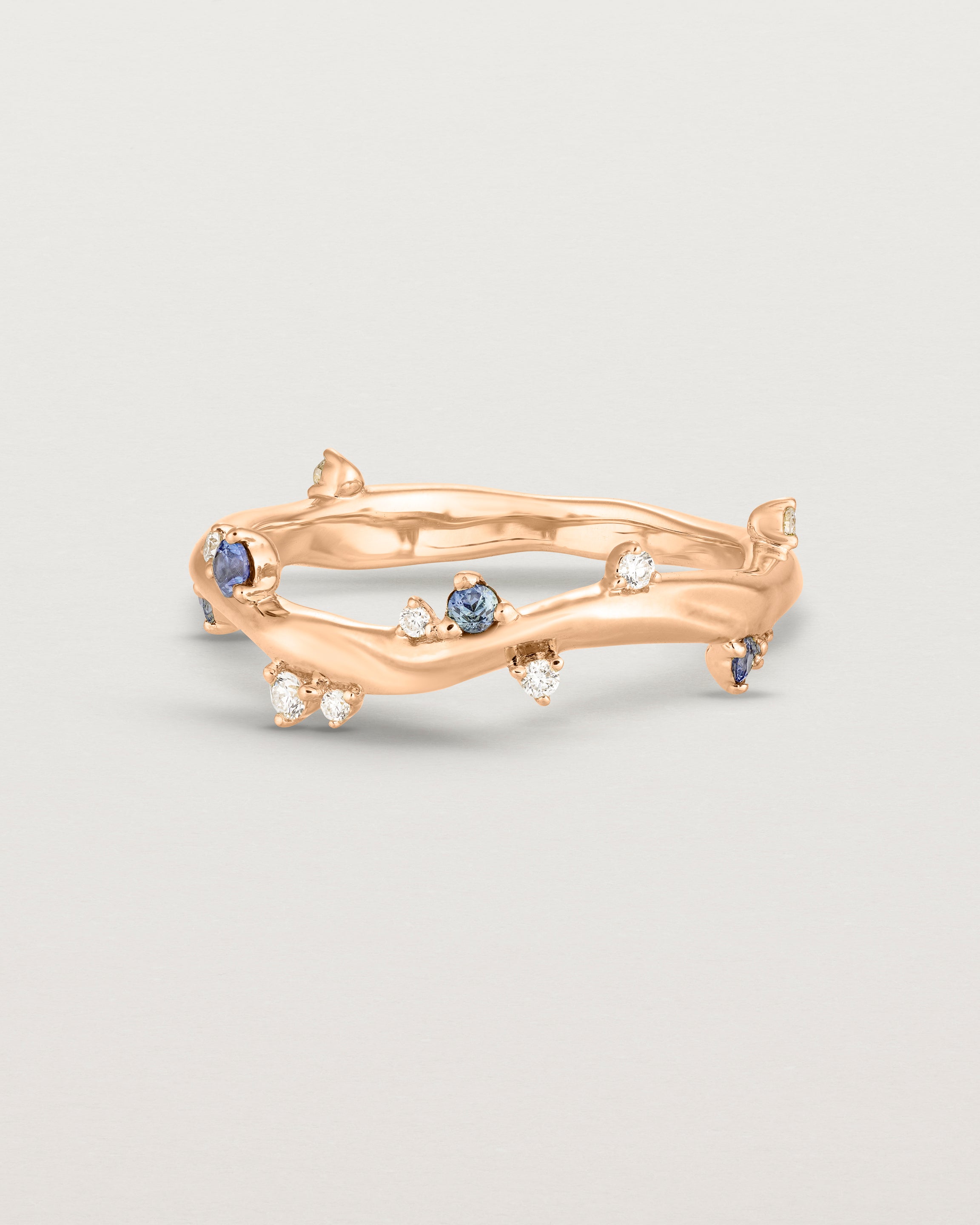

Ember Ring | Diamond & Ceylon Sapphire
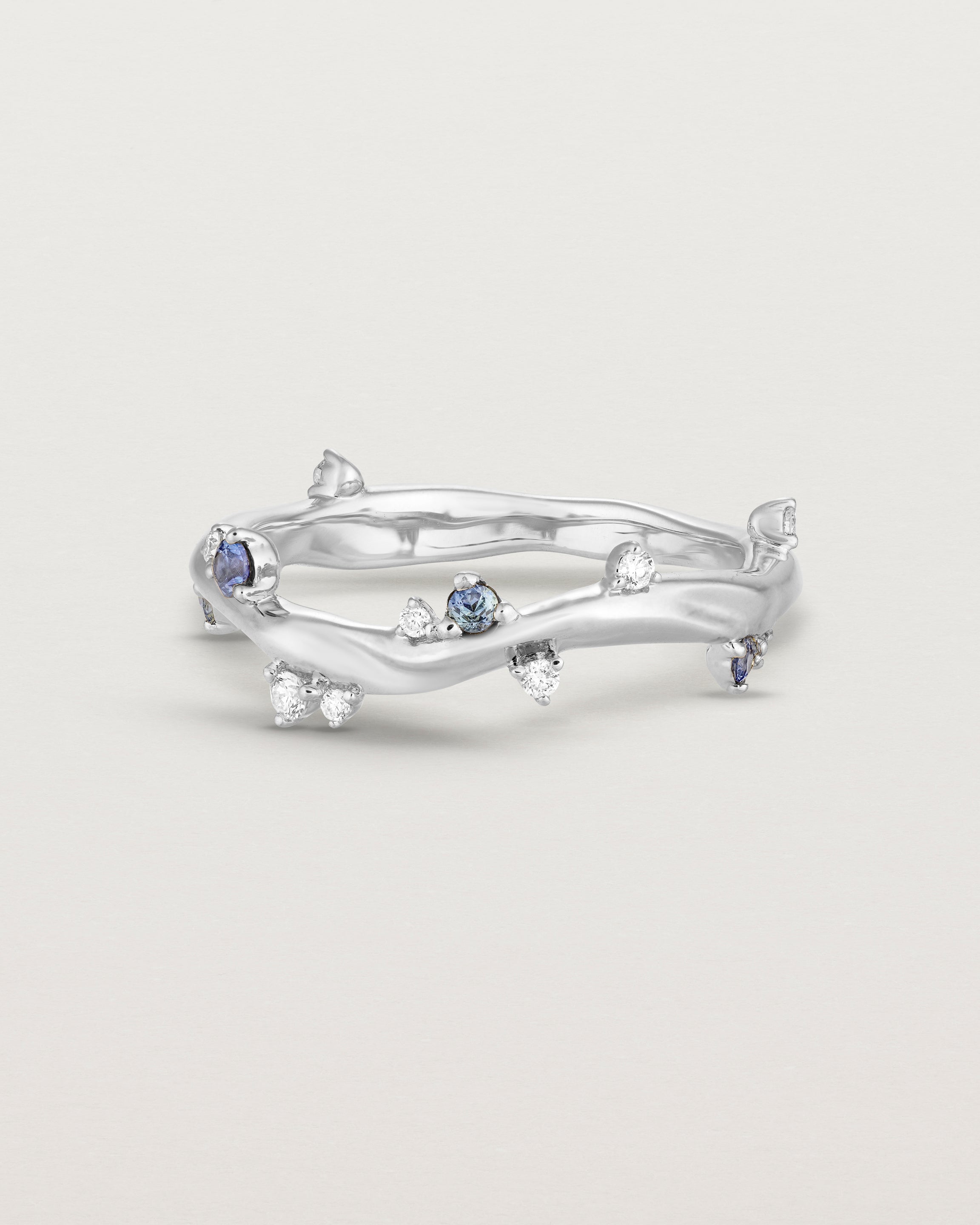

Ember Ring | Diamond & Ceylon Sapphire
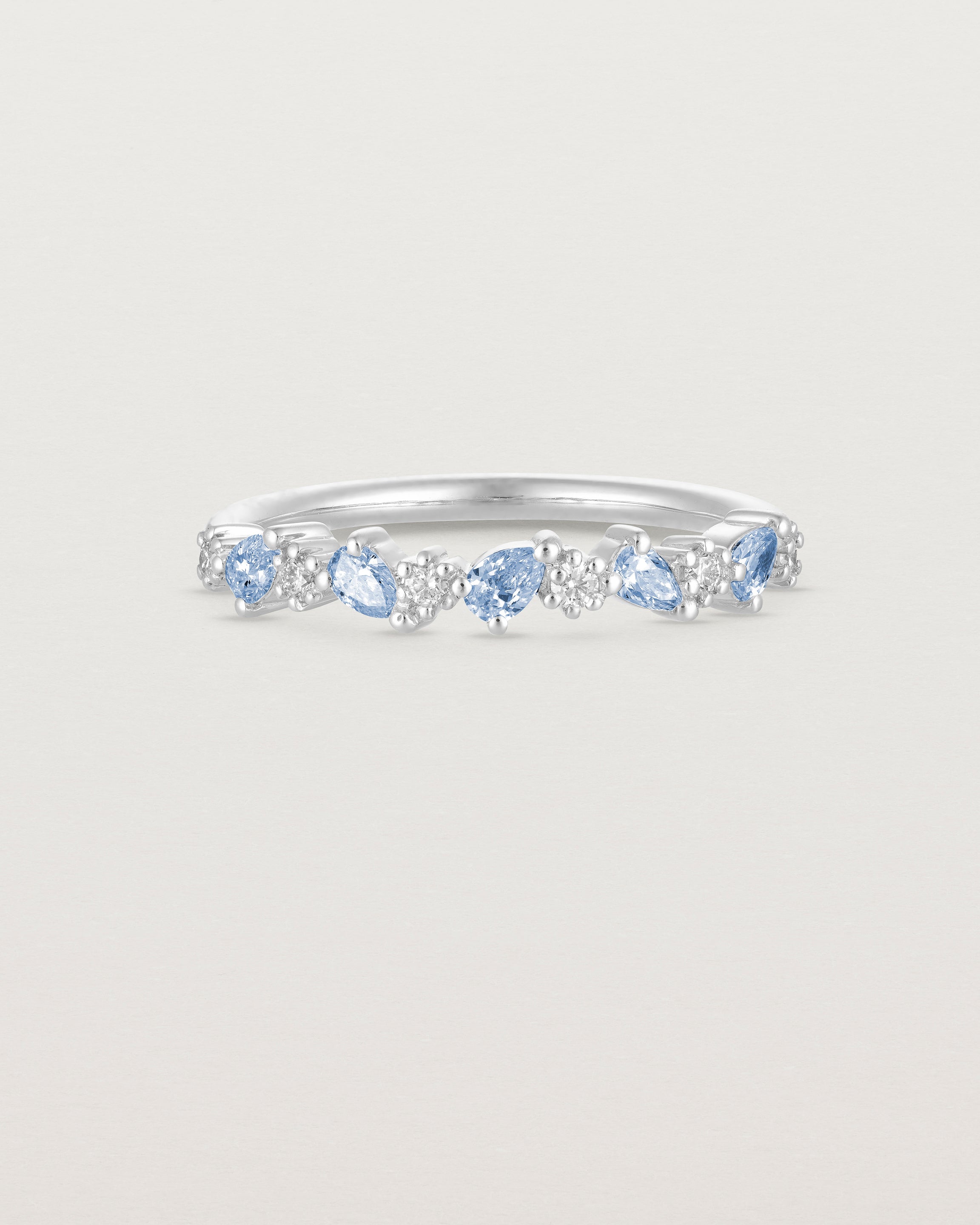
Elora Ring | Ceylon Sapphires & Diamonds
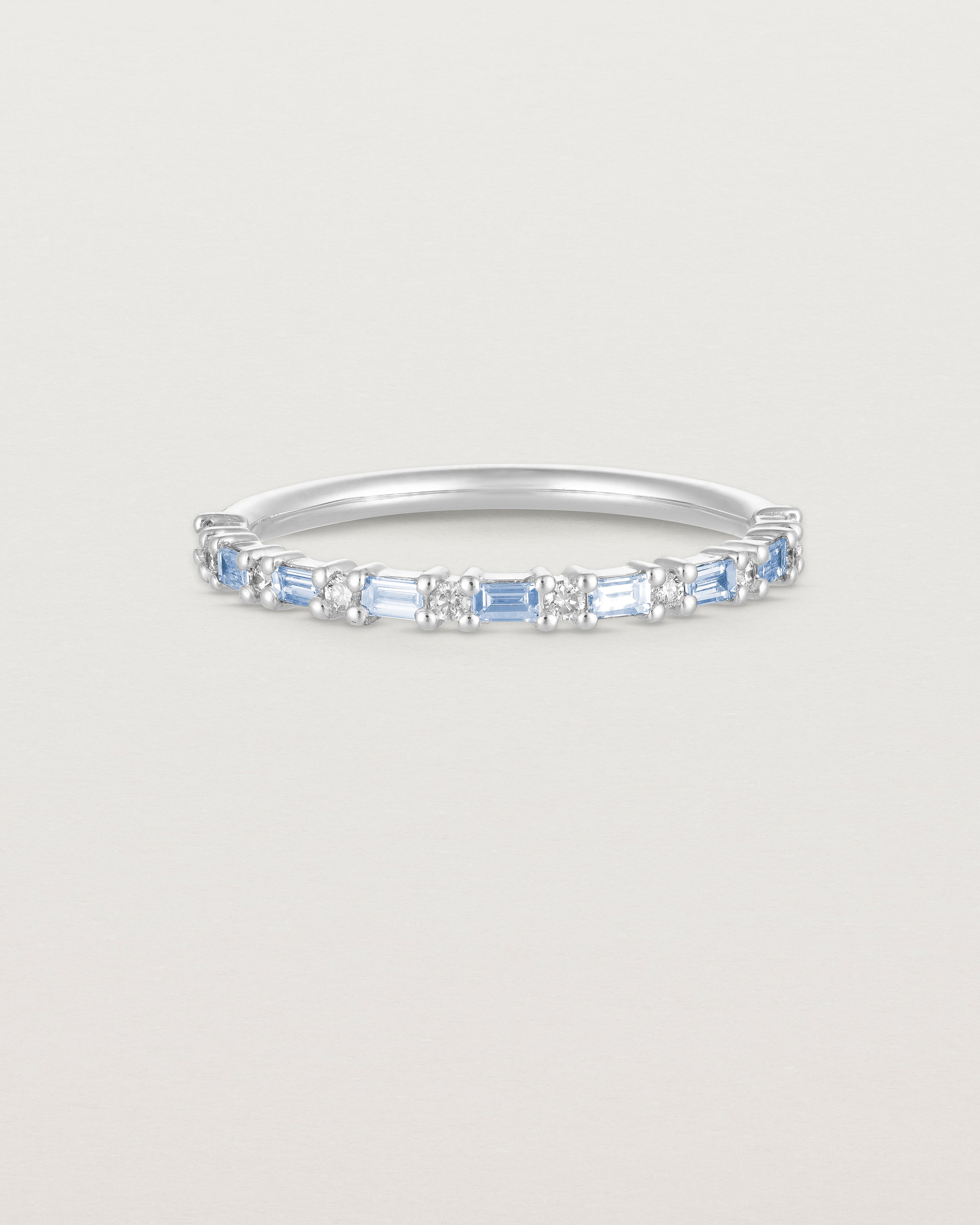
Demi Kyra Ring | Ceylon Sapphires & Diamonds
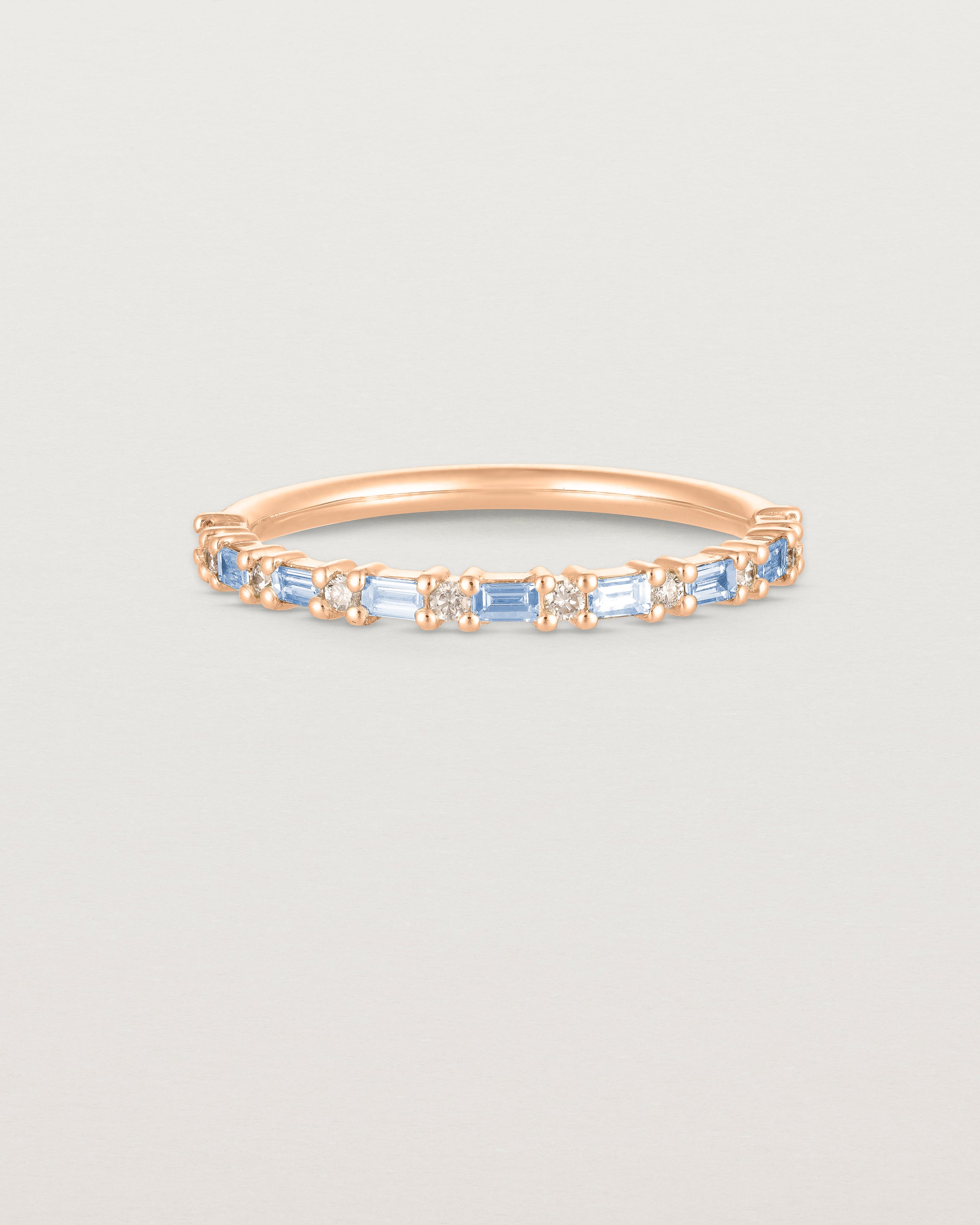
Demi Kyra Ring | Ceylon Sapphires & Diamonds
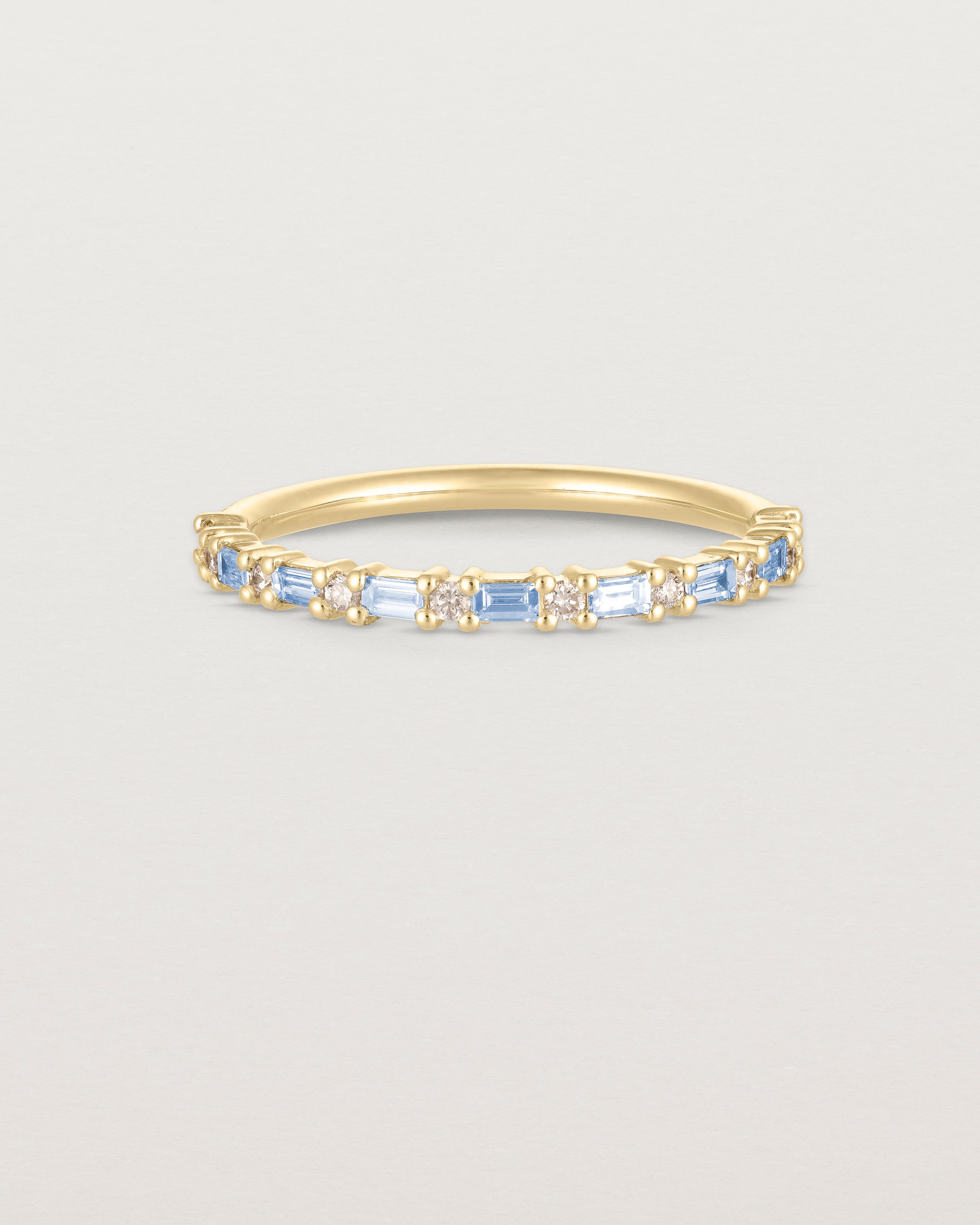
Demi Kyra Ring | Ceylon Sapphires & Diamonds
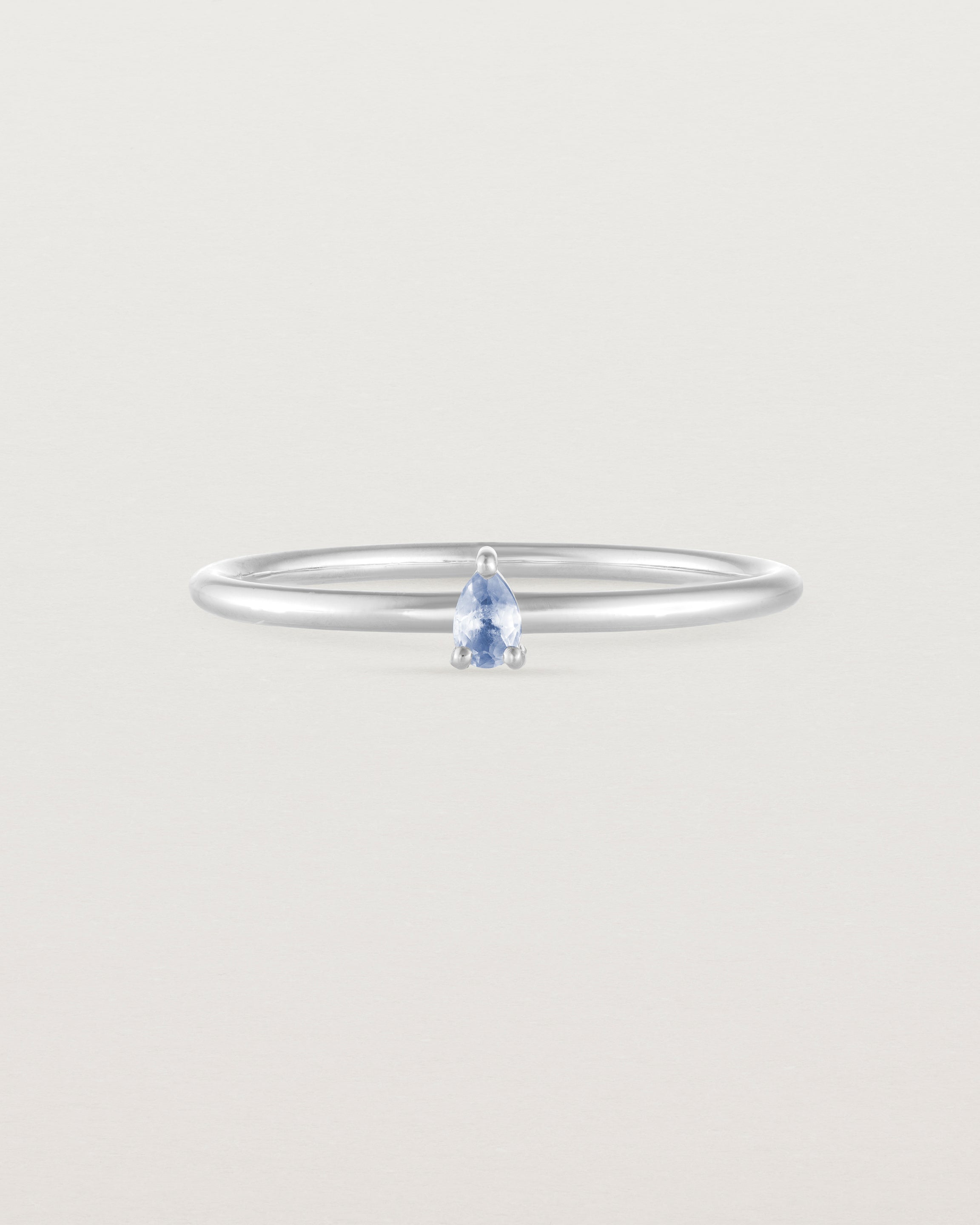
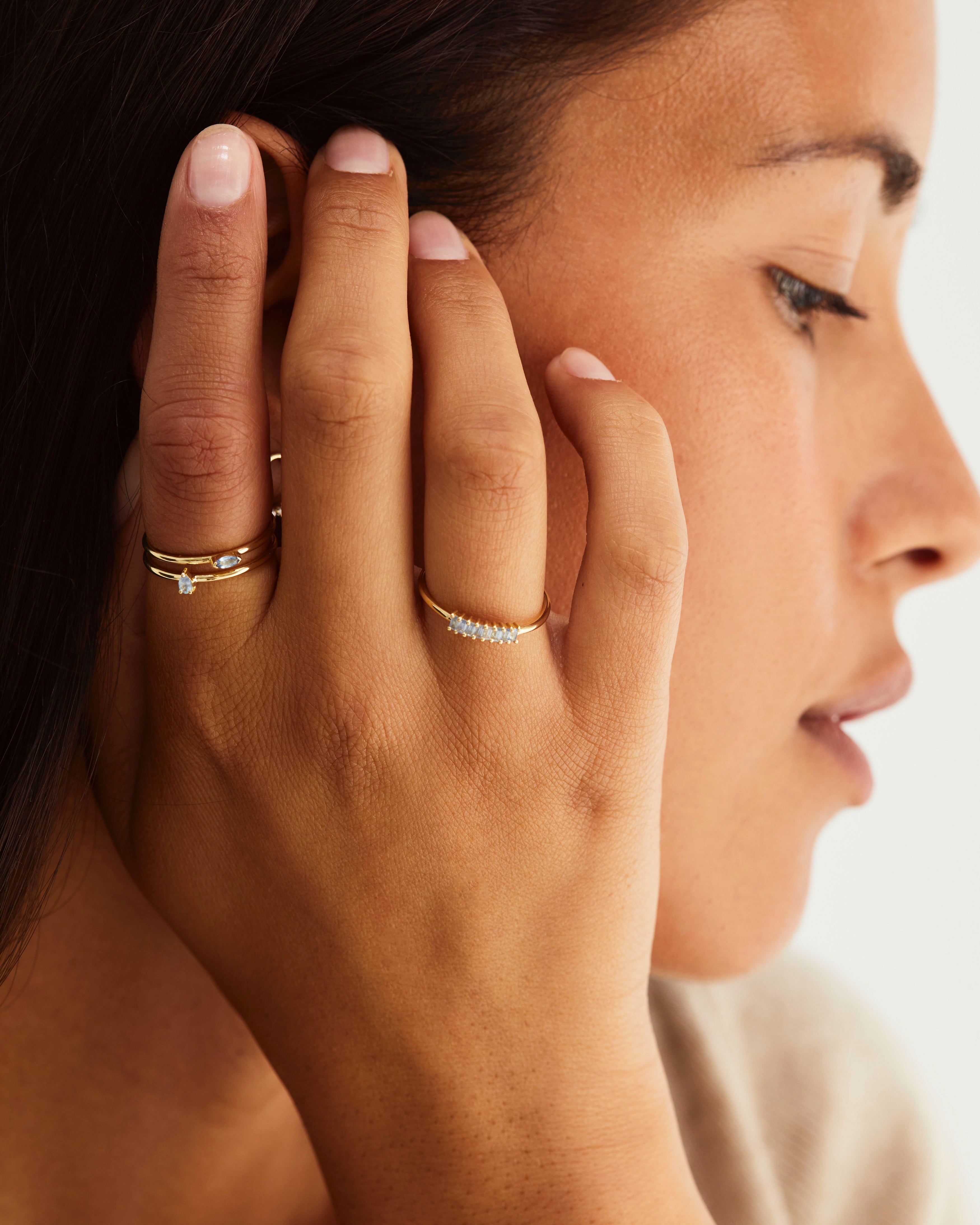
Danaë Stacking Ring | Ceylon Sapphire
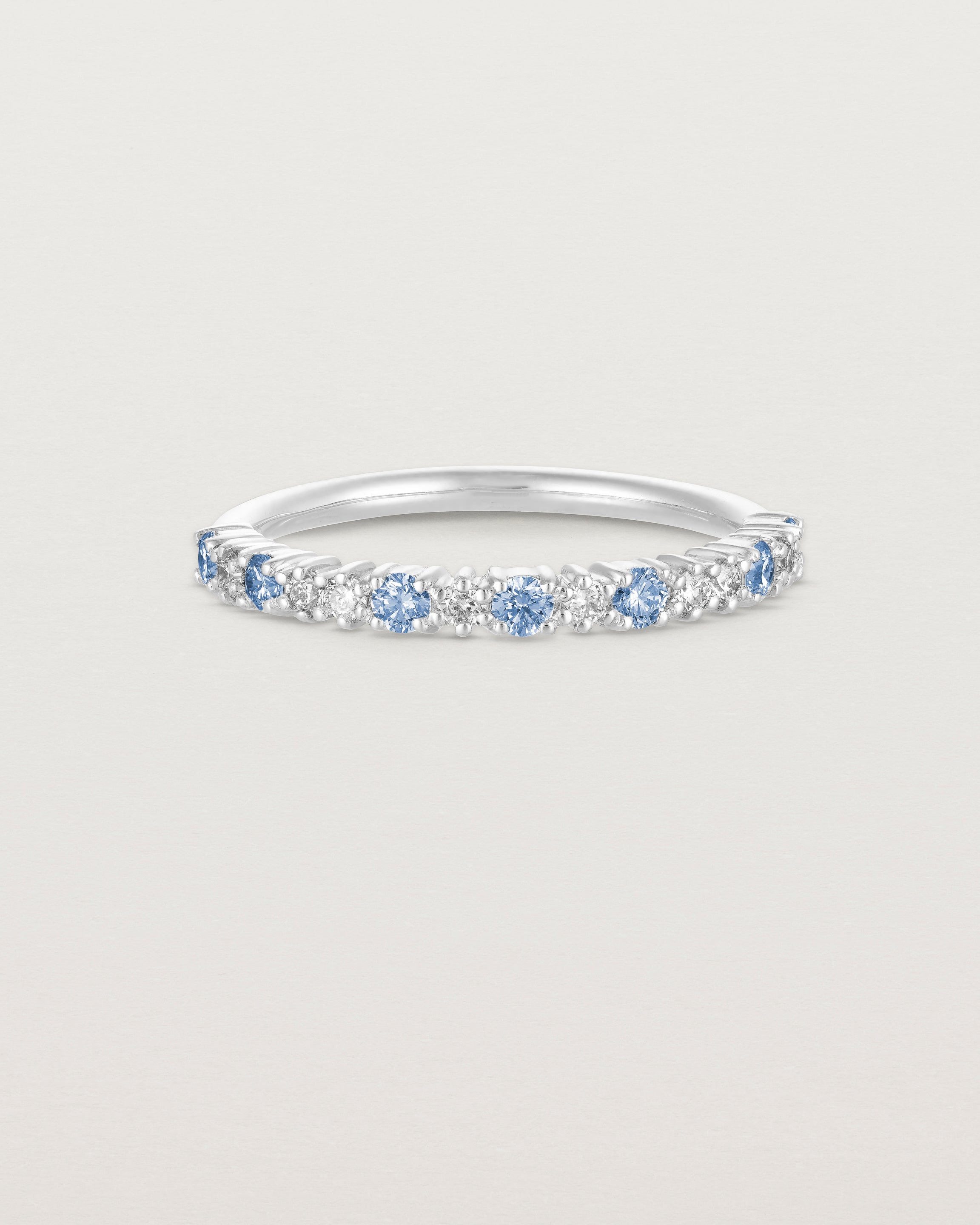

Aurelia Ring | Ceylon Sapphires & Diamonds
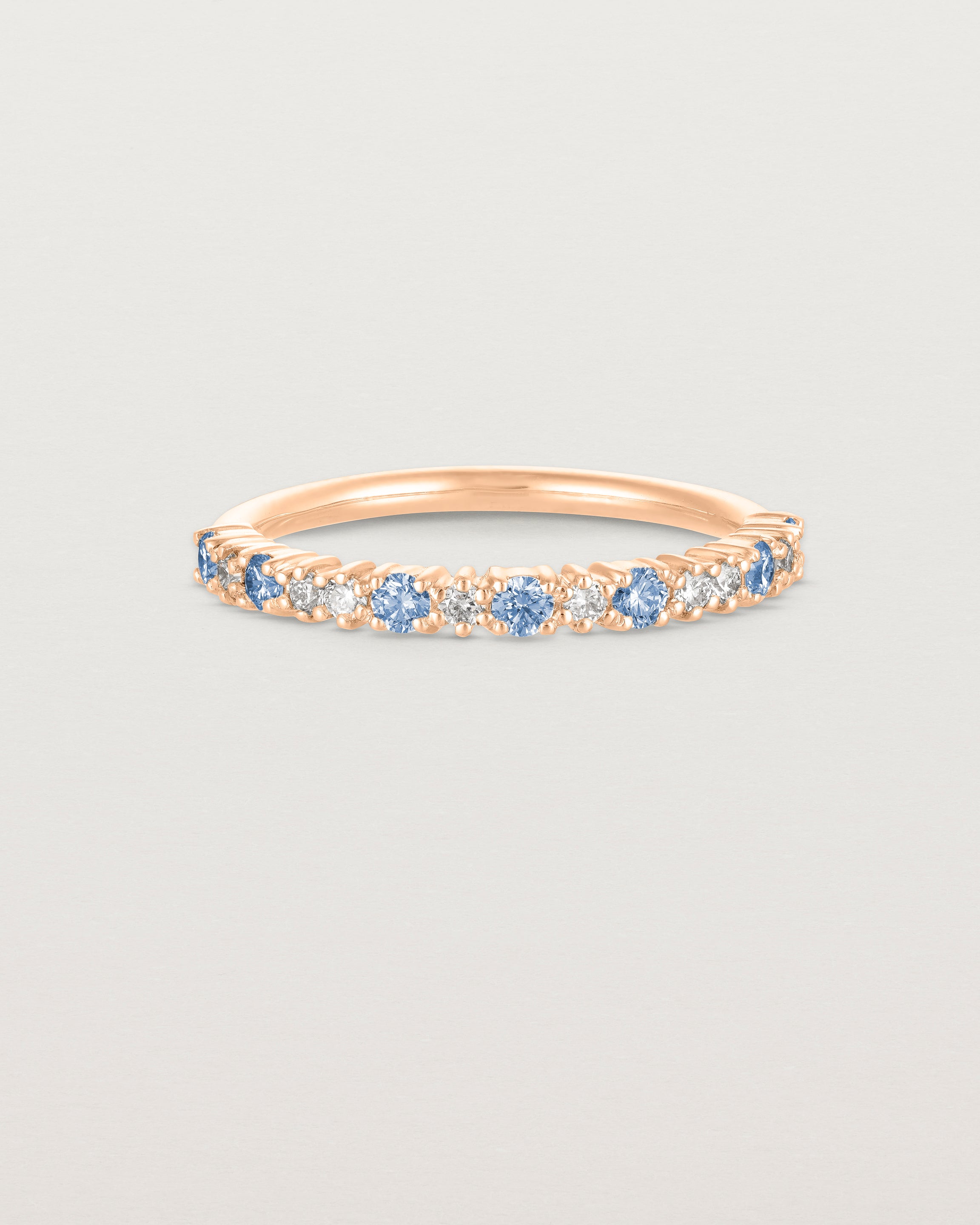

Aurelia Ring | Ceylon Sapphires & Diamonds
